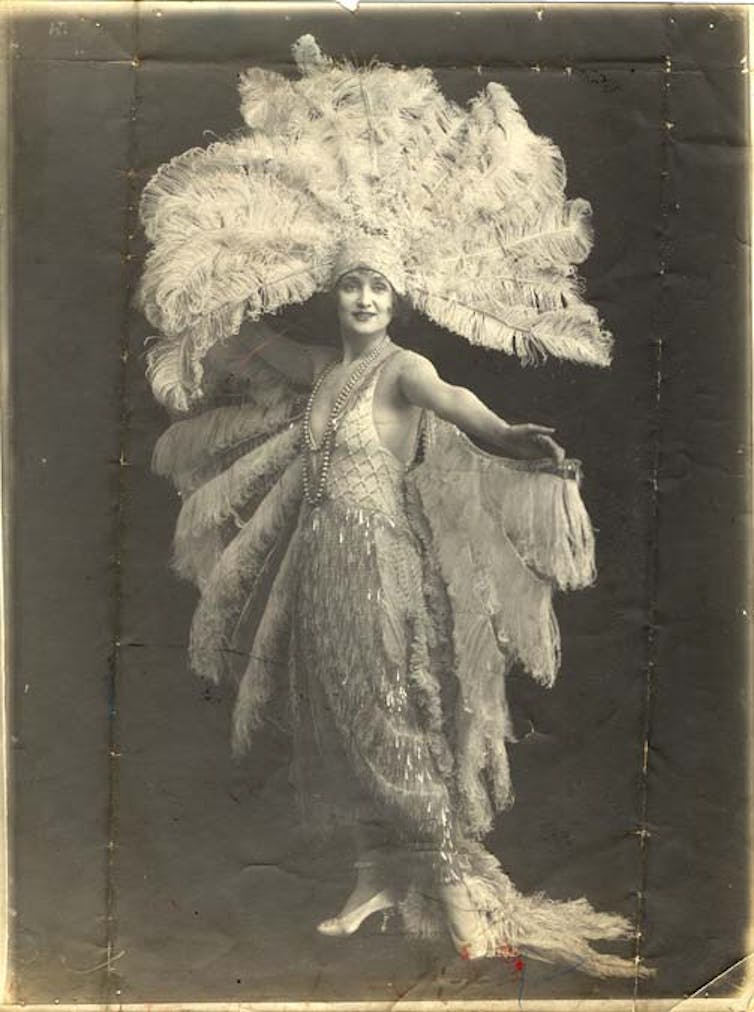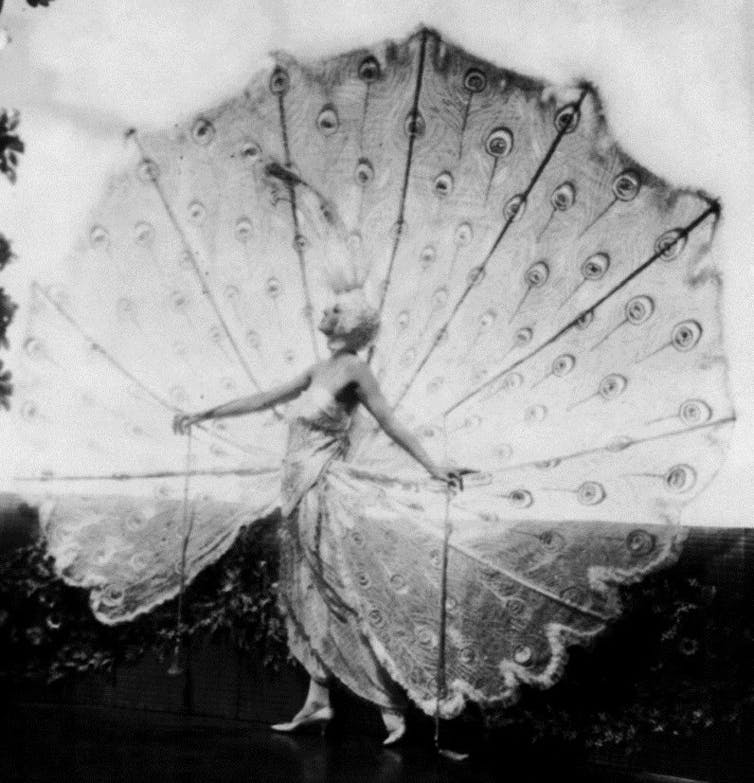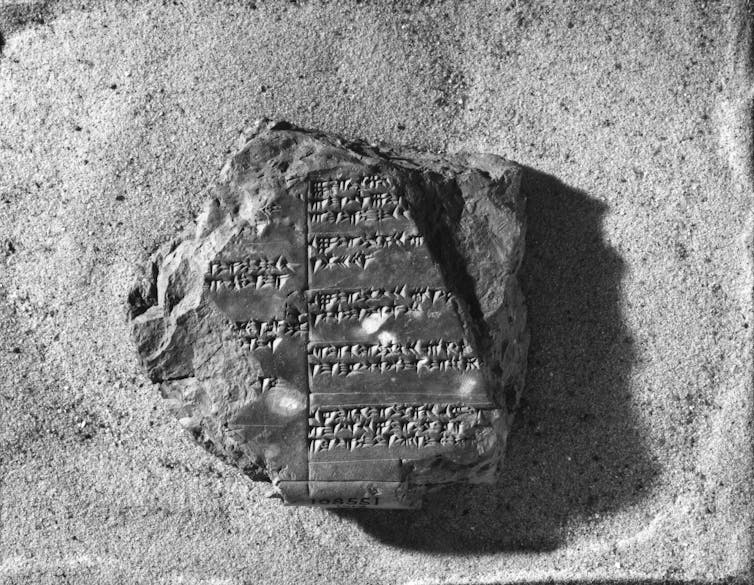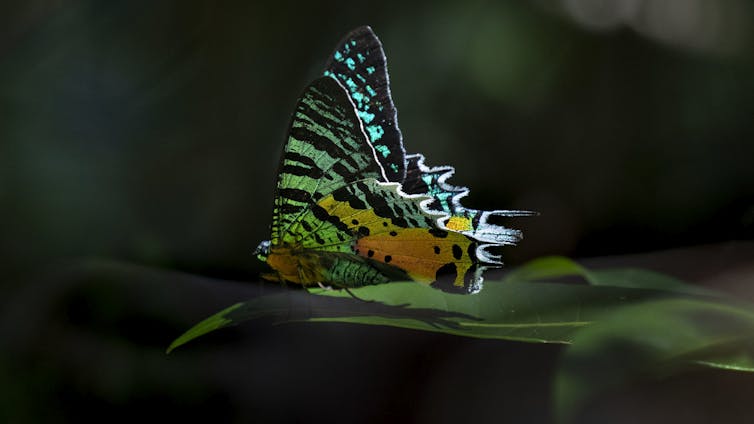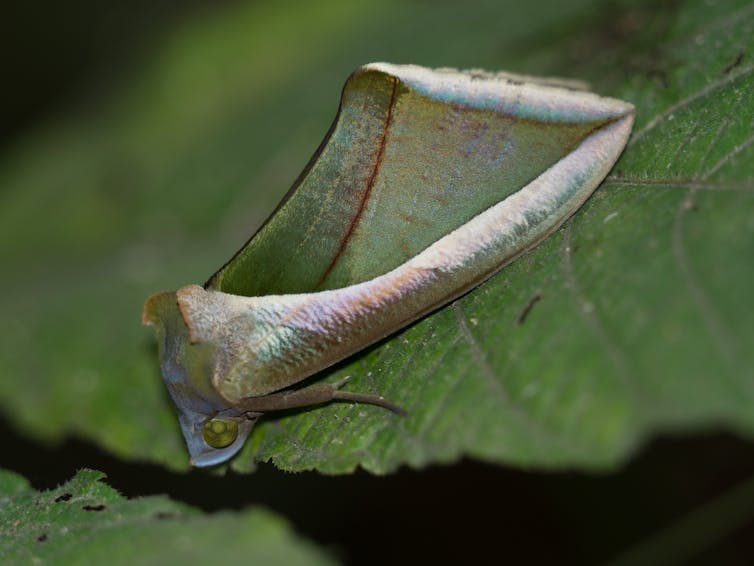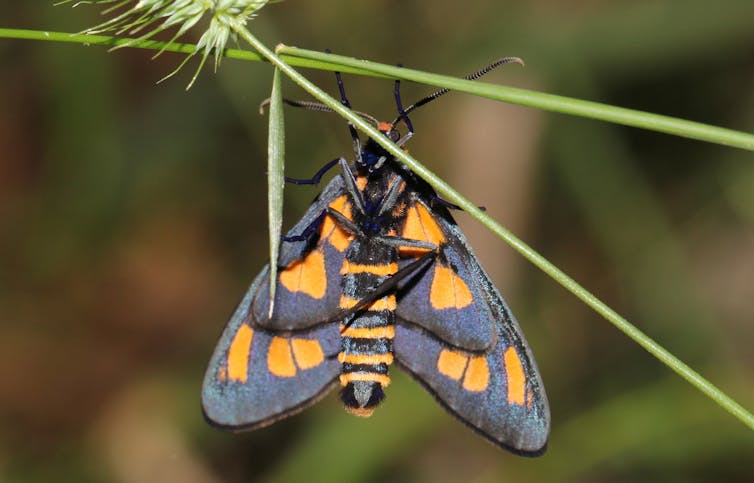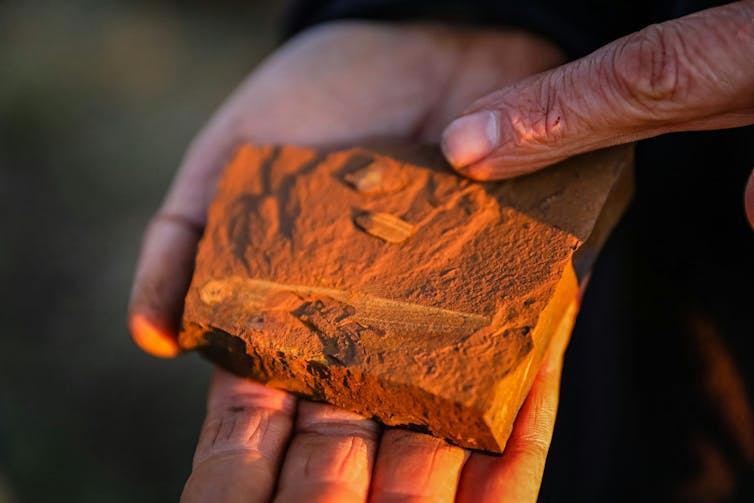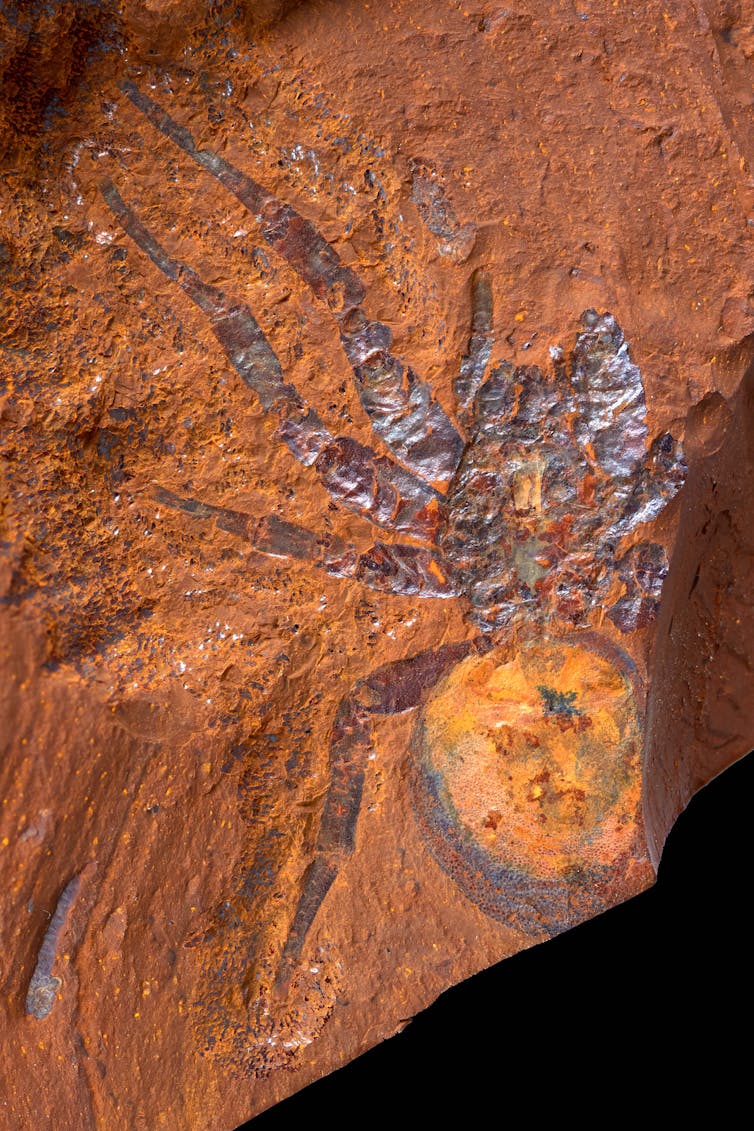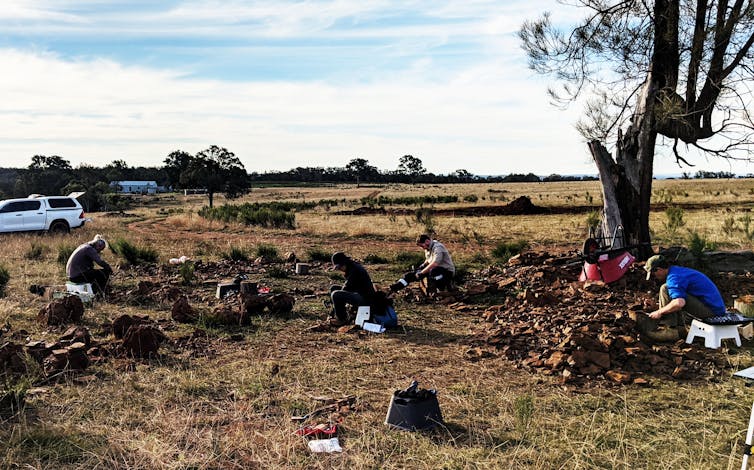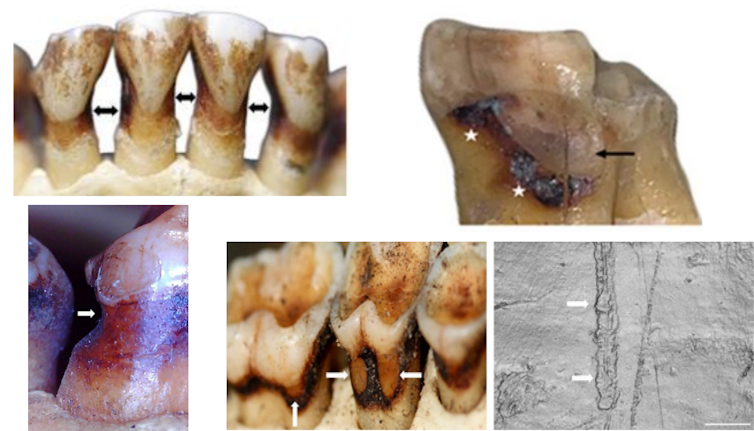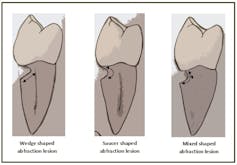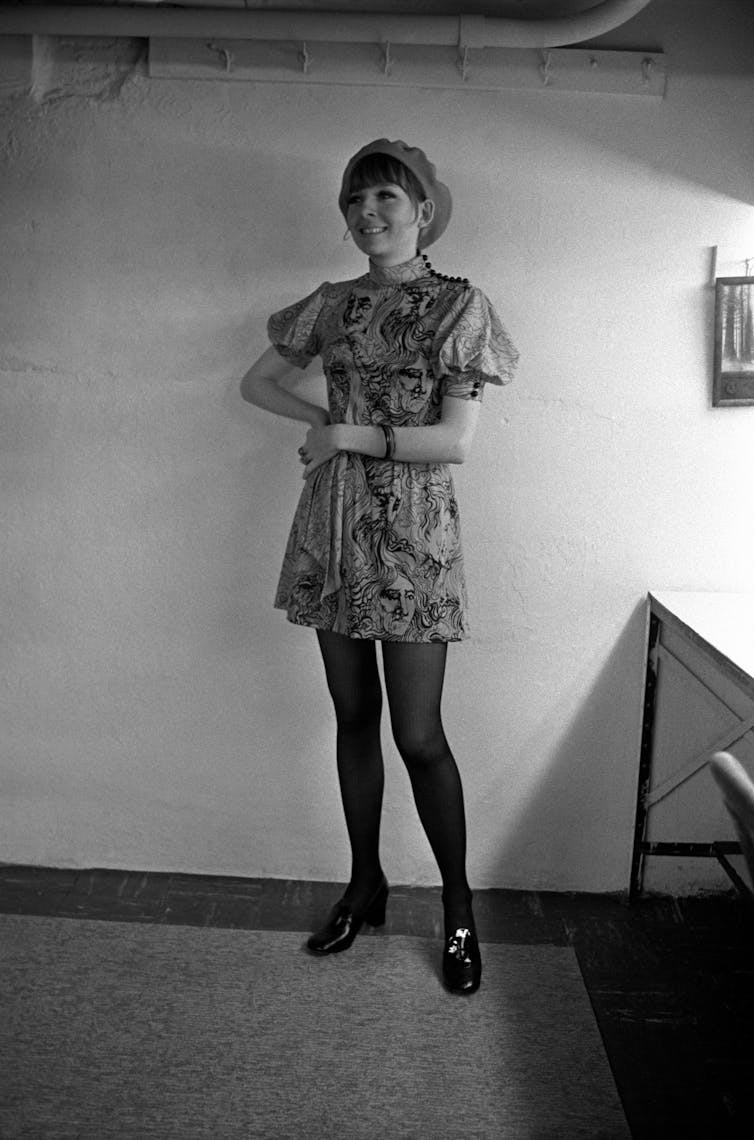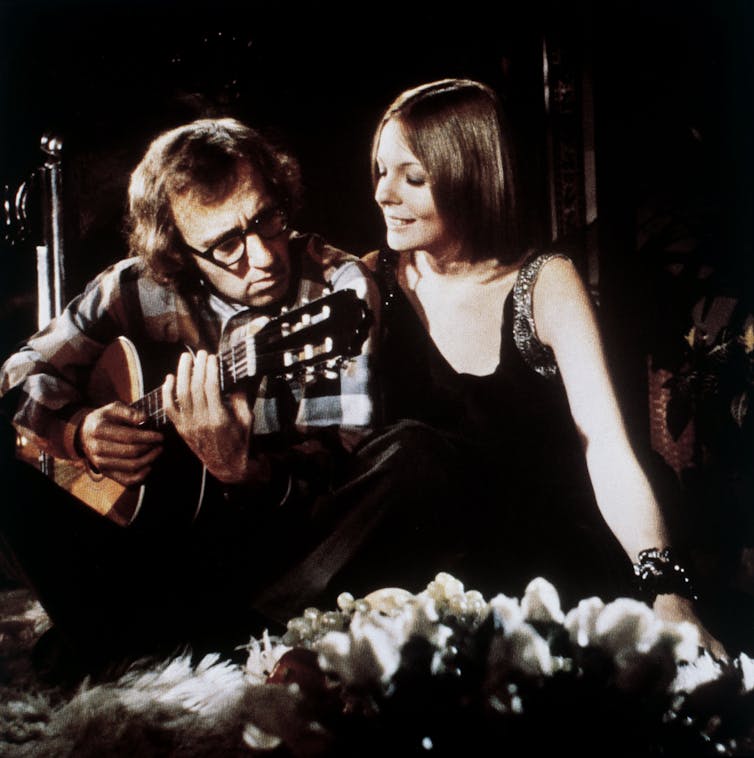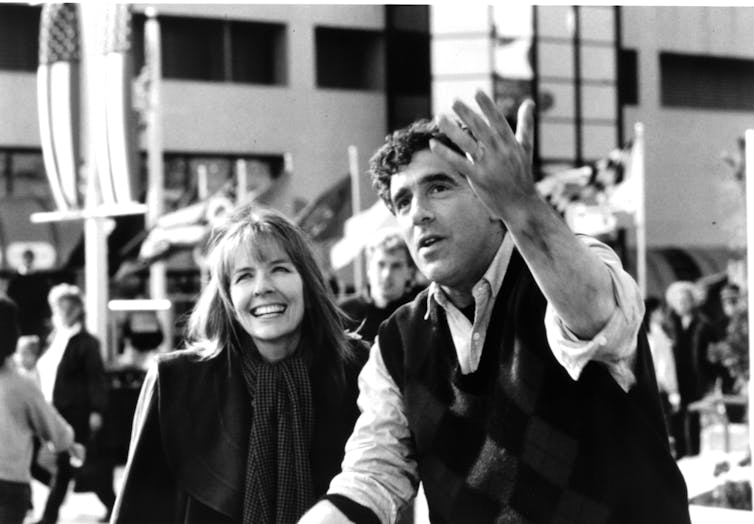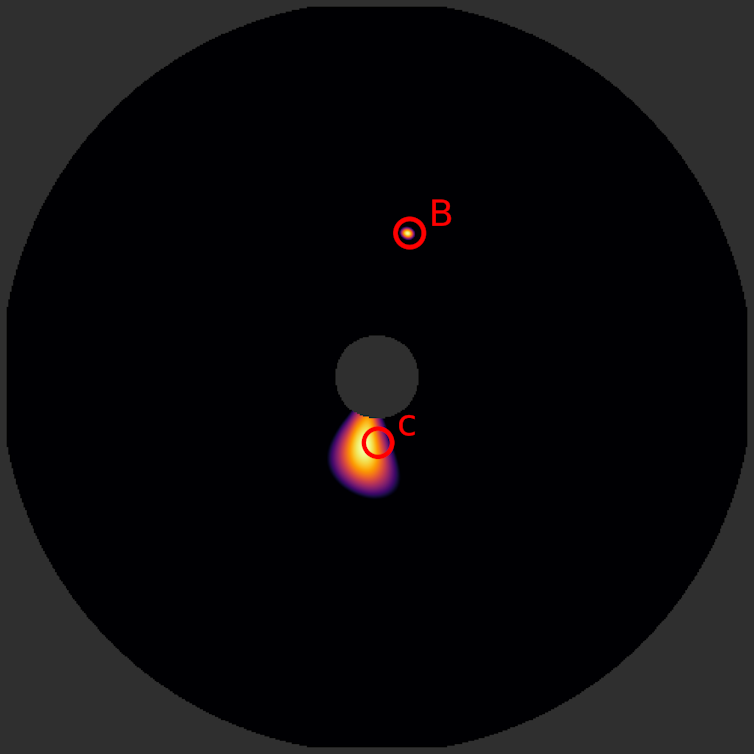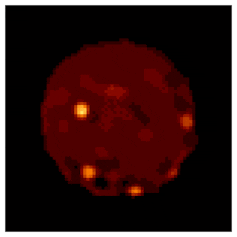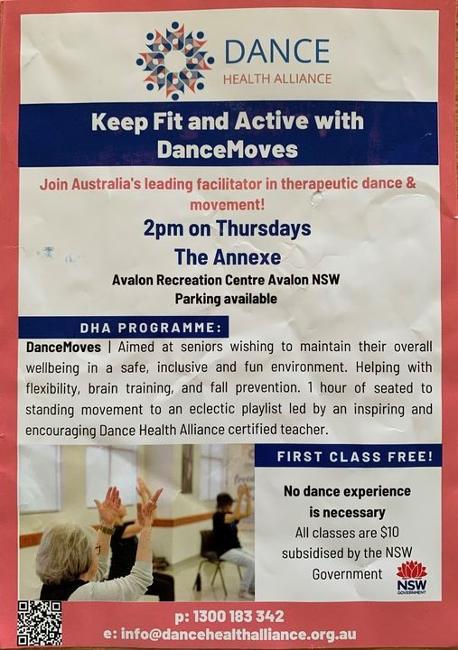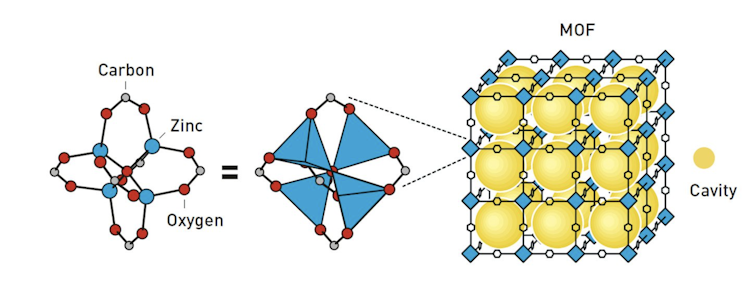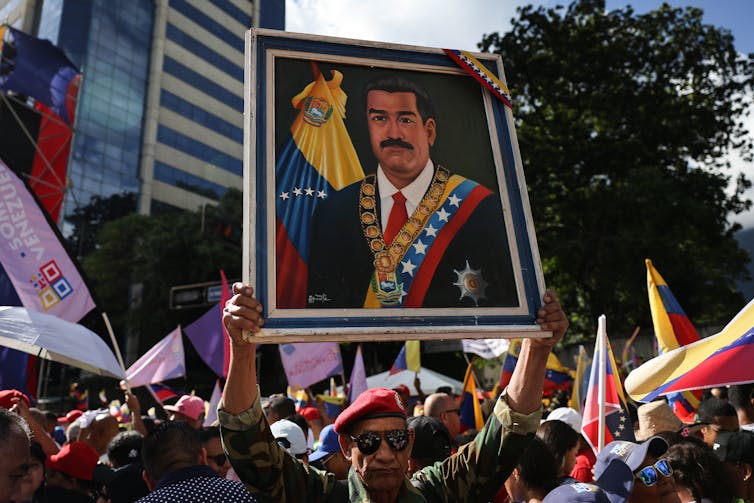A newly digitised by the State Library of NSW album of old photos contains images of Barrenjoey Lighthouse and the Broken Bay Customs station that may be familiar to others, and one of the First Royal Visitors to Pittwater aboard the steamer that took them up the estuary to Barrenjoey before heading up the Hawkesbury.
Due to that digitisation work, William Applegate Gullick’s ‘A week on the Hawkesbury’ Album, allows us to identify their creator.
Taken circa 1881-1886 a letter attached to the flyleaf, dated 8 May, 1917 from the donor W.A. Gullick (Government Printer 1896-1922, N.S.W. Public Service Lists, MLQ351.2/N) to W.H. Ifould, states that the photographs are 'nearly all of my own taking'. The cover is inscribed with the initials 'W.A.G.', dated 'June 1881' and titled 'A week on the Hawkesbury'. Nine of the mounts bear dates, in pencil, ranging between 1881 and all of the mounts bear titles in either ink and/or pencil.
Some of these photos feature Barrenjoey Lighthouse as it was then, and the building which had been completed and lit for the first time on Monday August 1st 1881, along with the Broken Bay Customs Station, then on Station beach, beneath Barrenjoey, during the time when Albert Black was head Coast Waiter and made vast improvements to the station and its buildings.
Those photos provide more than photographic evidence of the Princes on the steamer Pelican that took them from Newport, up to the Customs Station and Barrenjoey Lighthouse. There is even a photograph of the Collaroy beached on the stretch of sand that would soon be named for her they would have seen along the way on the Boulton coach to Newport – and this image too has been reused by many, in Abbott's book on NSW Steamers, and elsewhere, without crediting Mr. Gullick. This proves once more the worth of the State Library’s digitisation project, supported by the State Government, as in this instance they may well have restored the credit for the work done to whom did that work.
The high resolution version of the steamer Collaroy beached allows us to see what that stretch of sand from Collaroy and into the distance of Narrabeen was like, landscape wise, before the subdivisions and weekend shacks turned into filling the whole block with concrete or builds up to units multiple stories high, to the point where the shoreline is now supporting the concrete seawall of Collaroy to compensate for building your home on sand - which the Bible warned about, thousands of years before.
.jpg?timestamp=1761937623829)
.jpg?timestamp=1761937680469)

The second Royal visitors to our shores, Princes Albert and George, grandfather of Her Majesty Queen Elizabeth II, came here in 1881 for a visit, boarding a steamer at Newport Wharf for a tour along the Hawkesbury River. They travelled overland in a coach they boarded at Manly – their uncle’s experience at Clontarf not deterring a chance to see the beauty of this place.
Newport Wharf, the first version - which was then called ''Victoria Wharf' after these young princes grandmother, Queen Victoria- had just been completed, partly in anticipation of having these princes as guests and being able to take them on a scenic cruise around Pittwater and up the famed Hawkesbury aboard a steamer called the 'Pelican' owned by the gentleman who had also built the wharf and the first version of the Newport Hotel.
The year before those laying the foundation stone for Barrenjoey Lighthouse had embarked aboard Jenanerett's 'Florrie' from Boulton’s jetty, in ‘Old Mangrove Bay’ alongside that to the south of the hotel site:
But our steamer, the good ship Florrie, owned by Mr. Jeannerett, was in waiting, lying alongside a jetty at the head of the bay, so we immediately embarked for our destination, Barrenjoey, a distance of about eight miles. On the opposite side of the bay is New Port, the property of Messrs. Mills and Pile and Mr. Jeannerett, who are erecting an hotel, for the accommodation of visitors to the bay. It will have a fine situation ; and when the place becomes more widely known, as it deserves to be, the hotel will doubtless be largely availed of.
The trip down the bay was greatly enjoyed ; and every point of interest critically scanned. Shortly before 1 o'clock, or about on hour after leaving the wharf, we steamed opposite the jetty, at the Customs-house landing, a short distance away-the depth of water not permitting us to go alongside, and soon Mr. Black, with his whaleboat, came along-side. The whole of the party were then transferred to her, and safely taken on shore, while the provisions, ice. &c, were conveyed in another boat. After a short stay at Mr. Black's house, we prepared to make the assent of the frowning rock upon which the lighthouse is to be erected. LAYING the FOUNDATION-STONE of a NEW, LIGHTHOUSE at BARRENJOEY. (1880, April 17). The Sydney Morning Herald(NSW : 1842 - 1954), p. 7. Retrieved from http://nla.gov.au/nla.news-article13458288
This wasn't the Pelican's first encounter with royalty. The State Library of NSW also holds a painting of her when she was among those to farewell the first Royal Visitor to our shores.

H.M.S. Galatea passing the Sydney Heads with the Pelican and Emu in attendance, ca. 1868
This work depicts the departure of H.M.S. Galatea from Sydney (presumably April 1868). There are two steamers following the Galatea, which are the Emu and the Pelican. At the left of the work is North Head coastline. The South Head Old Macquarie Lighthouse is visible on the right, with the South Head Congregational Chapel, constructed in 1839 and demolished in 1910. There are several spectator boats viewing the departure, which are filled with people, in addition to small human figures on the South Head coast.
Prince Alfred, second son of Queen Victoria, was given command of the wooden steam frigate H.M.S. Galatea in 1866. He visited Australia as part of a world tour, going to Adelaide, Melbourne, Sydney, Brisbane and Tasmania. On 21 January 1868, the Duke of Edinburgh arrived in Sydney. His stay in Sydney lasted four months, departing in April 1868. On 12 March 1868 while attending a picnic at Clontarf, he was shot and wounded in an assassination attempt by Fenian sympathiser Henry James O'Farrell. The Duke of Edinburgh was the first royal visitor to arrive on Australian shores.
See: The First Royal Visitor to Australia: the Incident at Clontarf, March 12th, 1868
The newspapers of then tells us they visited our area on Monday August 1st, 1881, the same day Barrenjoey Lighthouse was due to light up the point for the first time. That report reads:
Yesterday morning a party from Government House and the Detached Squadron made an excursion up the Hawkesbury, and fortunately the weather was so fine that every lovely scene on the river appeared to the best advantage.
The Royal Princes were of the party. At an early hour those engaging in the excursion left Man-o'-war Stairs, and proceeded in the steam launch Nea to Manly, whence they were conveyed by Mr. Boulton's coaches to Newport. There they were received by Mr. Jeannerett on board the steam launch Pelican.
Barrenjoey was passed about 11 o'clock. At Barrenjoey Mr. A. T. Black and friends were invited on board the Pelican and the boat then proceeded up the river.
The day being beautifully clear, the scenery of the Hawkesbury was, seen to the best advantage, and was very much admired. Wiseman's Ferry was reached about 3 o'clock in the afternoon. The Pelican stopped at the wharf for a few minutes, and on the Princes appearing the residents assembled, and an address of royal welcome was read and presented to them by the master of the Public school, on behalf of the inhabitants of the village. The school children sang the " National Anthem," and those assembled then gave three hearty cheers for the Queen and the Princes. Prince Edward acknowledged the, compliment in a few appropriate words. The arrangements made by Mr. Jeannerett for the comfort and convenience of the party appeared to give great satisfaction. The Pelican resumed her journey, and we. up the river as far as Sackville Roach, at which spot the party disembarked, and drove thence to Windsor, returning from Windsor to Sydney by special train at night.
The Princes slept at Government House, and will probably remain guests of Lord Augustus Loftus for a few days, after which they will rejoin their old ship the Bacchante, which has now finished her coaling and provisioning.. THE DETACHED SQUADRON. (1881, August 2). The Sydney Morning Herald (NSW : 1842 - 1954), p. 5. Retrieved from http://nla.gov.au/nla.news-article13491533
Gullick's album contains a photo of the two young princes on the Pelican, indicating he and his camera were part of the trip, while Albert Black, head Coast Waiter at the Broken Bay Custom Station at Barrenjoey Headland, can be seen to the right in the background behind them, directly beside the tall man with the hat on mid-photo, indicating they have already left there and are heading up the river when this photo is taken:
.jpg?timestamp=1761935401567)

HRH Prince Albert Victor Christian Edward, Duke of Clarence, and HRH Prince George Frederick Ernest Albert of Wales as midshipmen in the Royal Navy, 1881 / photographer J. Hubert Newman, Sydney - photos courtesy of the State Library of NSW
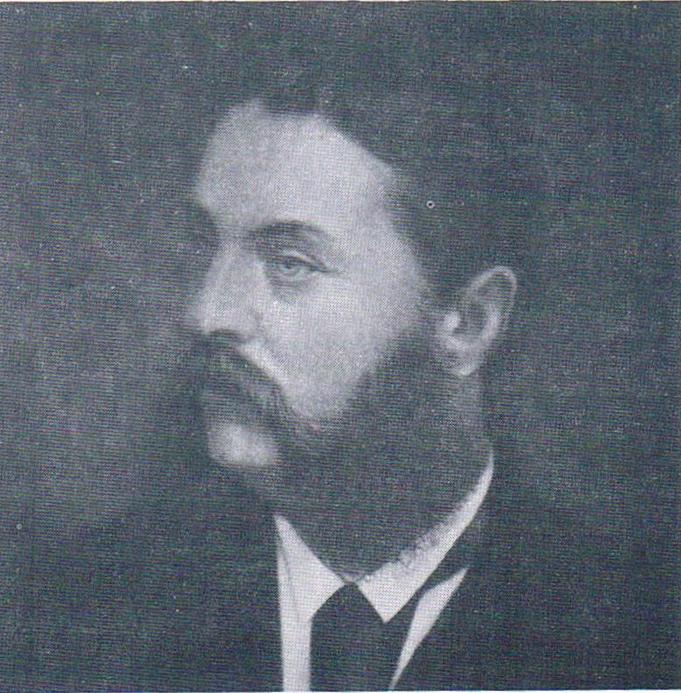
Albert Thomas Black in his early years, courtesy John Black, great grandson of A T Black.
Albert Thomas Black, who has relatives still living in Pittwater, commenced duties at Broken Bay Customs Station in the 1860’s, with all his children born there, and passed away in August 22nd, 1890 due to illness and at only fifty years of age, at his then home at Woollahra. His wife Kate did not leave the Customs Station until February 24th 1891, continuing her duties as postmistress during this time.
In A Ride to Barranjoey this is described as:
Just under Barranjoey is the pretty cottage of the Customs officer, Mr Ross and the residences of those connected with the Customs station. There is evidence of taste in the gardens and the other cultivated ground around the station, and an air of peaceful comfort quite refreshing to those engaged in the turmoil of city life. From the station to the flagstaff on the top of the mount, the ascent is by a pretty walk, which must have taken to make and on either side are various shrubs so planted as to throw an acceptable shade over the road. The view from here is a fitting climax to those on the journey down -to the south-west is a harbour that would hold the fleets of Great Britain, to the west the mouth of the Hawkesbury, to the north Pyramid Island and the entrance to Brisbane Water, and the innumerable inlets that dent the land stretching far into the sea and forming the South Head of Broken Bay, and on the east the unbroken curve of the Pacific. The Ross's house had a pretty rustic appearance with its neatly painted front, and leaf covered verandah, but, as he informed me, the beauty was all in appearance, since the house, a timber erection, had been built so many years ago, that slabs and posts and weatherboards were now so far decayed as to make it doubtful on the occasion of every gale of wind, whether it would stand it out, or succumb before the blast. However, by dint of constant painting and repairing, it is kept in an apparently comfortable state, despite the rottenness that lurks below the surface, and what is worse, the leakage from the roof above. In front of the house is a small, but well kept garden, on a terrace, built up on the side of the hill evidently after a considerable amount of labour, and overlooking from the farther side the men's hut and the beach beyond. From the side of the house, a wicket gate opens upon a broad pathway leading down to the beach, formed into broad low steps, by means of protecting logs, behind which gravel and stones have been laid just sufficiently off the level to secure drainage. The men's hut is a large slab house with a shingle roof admitting wind and rain everywhere, since the lower ends of the slabs have completely rotted away, and they rock away crazily in the wind in all the helplessness of extreme old age; whilst the boat's crew have their slumbers protected from the pelting rain that would otherwise penetrate the leaky rotten roof, only by the large tarpaulin, or sail, or whatever it is, that is thrown over it. A large boathouse, under which was stored the new and crack boat of the station, stands to the right of the men's hut, with a workshop, in which was a very good and complete supply of tools, attached to it; and at the back, under a shed or lean-to, a little punt, sufficient to accommodate three or four persons, was in course of construction, for use on fishing expeditions.
Running out from the beach immediately in front of these is a long and well constructed jetty, built on piles, and carried into good deep water at the lowest tides. At the back of the cottage we were shown, with evident pride, the arrangements that had been made for supplying the station with water. These were effected by bringing the water of a beautifully clear and crystal spring, by means of long troughs from a dank, rocky gully in the mountain's side, whence it took its source, down to the bask of the premises, and within easy reach of the domestics. This stream, which has never been known to fail, even in the dryest season, is said to be deliciously cold and refreshing…A RIDE TO BARRANJOEY. (1867, March 23). Sydney Mail (NSW : 1860 - 1871), p. 9. Retrieved from http://nla.gov.au/nla.news-article166798985
Along with these photos, the collection includes views of the Hawkesbury River and District, the Colo River, the Macdonald River, the Warregamba River, the Nepean River, Sackville Reach, Wilsons Creek (Lane Cove), Greenwich Bay, Balls Head and Goat Island.
The full album is available at: collection.sl.nsw.gov.au/record/9PQ8RZ2n for those who want to look through the others.
Here are those of Barrenjoey and Pittwater (with a few sections from for details)and a few from the Hawkesbury, given Pittwater's historical and ongoing connection to that mighty river through the great volunteers of Marine Rescue Cottage Point.
Given the angle and aspects of these photos, it would appear HRH Prince Albert Victor Christian Edward, Duke of Clarence, and HRH Prince George Frederick Ernest Albert of Wales visited the lighthouse the day it commenced its duties, although no stone marker exists to attest to this on the headland, and no image of any ribbon cutting or any other celebrations is in the album, just the fact that they are taken of and from there, and on the same day, Monday August 1st, 1881.
A few notes from the Barrenjoey Lighthouse Construction history page run below on this opening day. Although no mention of any official opening by Royalty forms any part of those reports, archives held elsewhere, or even the journals and letters of the Princes, may mention their visit.
.jpg?timestamp=1761941104597)
.jpg?timestamp=1761941150034)
Barrenjoey's Custom Station Wharf in August 1881
.jpg?timestamp=1761941219526)
.jpg?timestamp=1761941602604)
.jpg?timestamp=1761942104612)
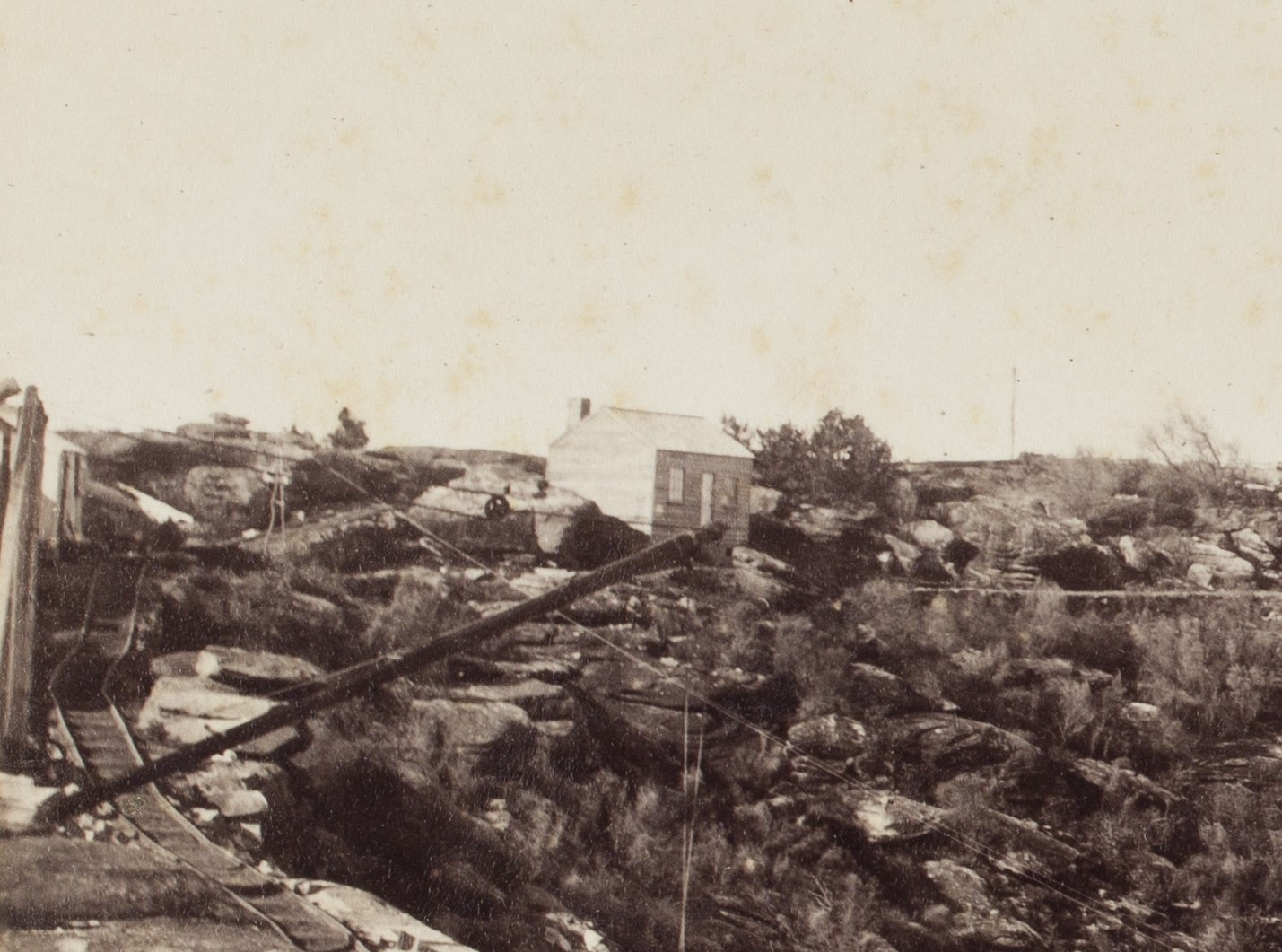
workmen's shed and tracks still in place
Some Hawkesbury ones:
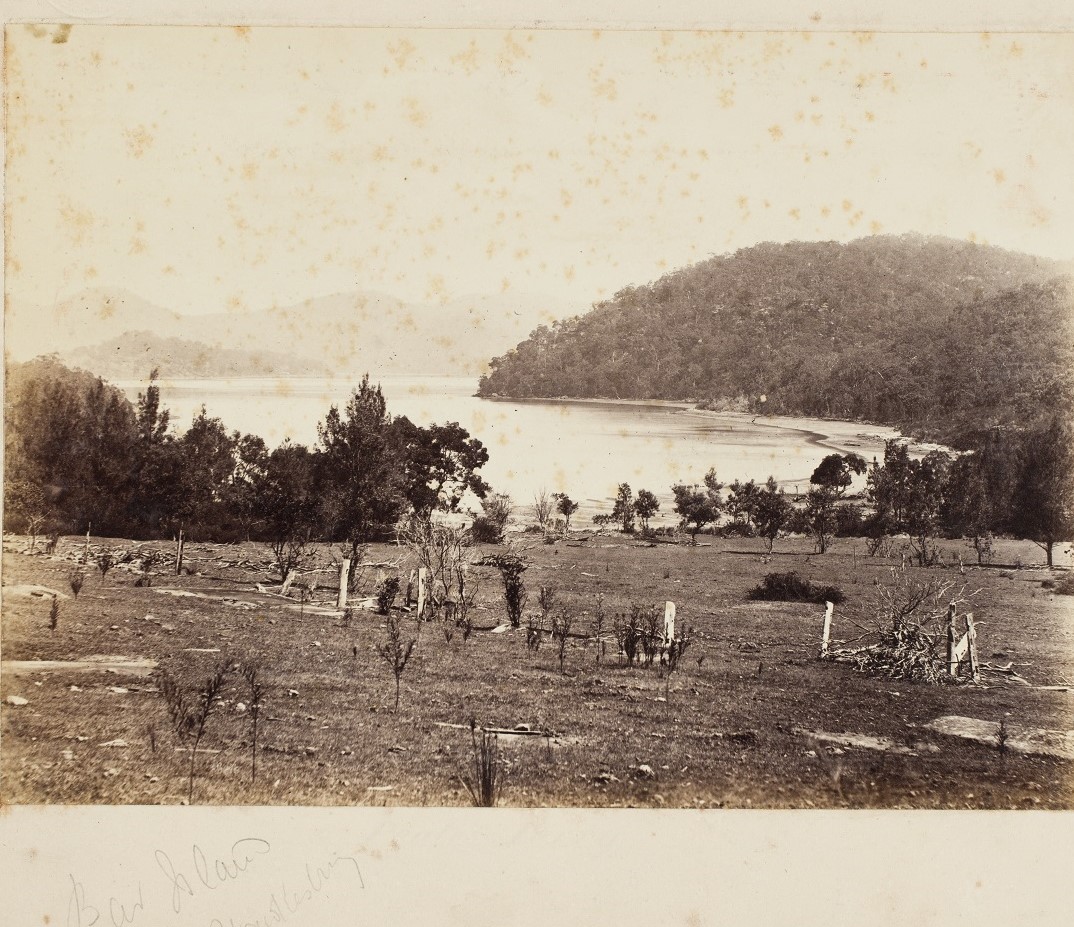
Bar Glen or Island (?), Hawkesbury

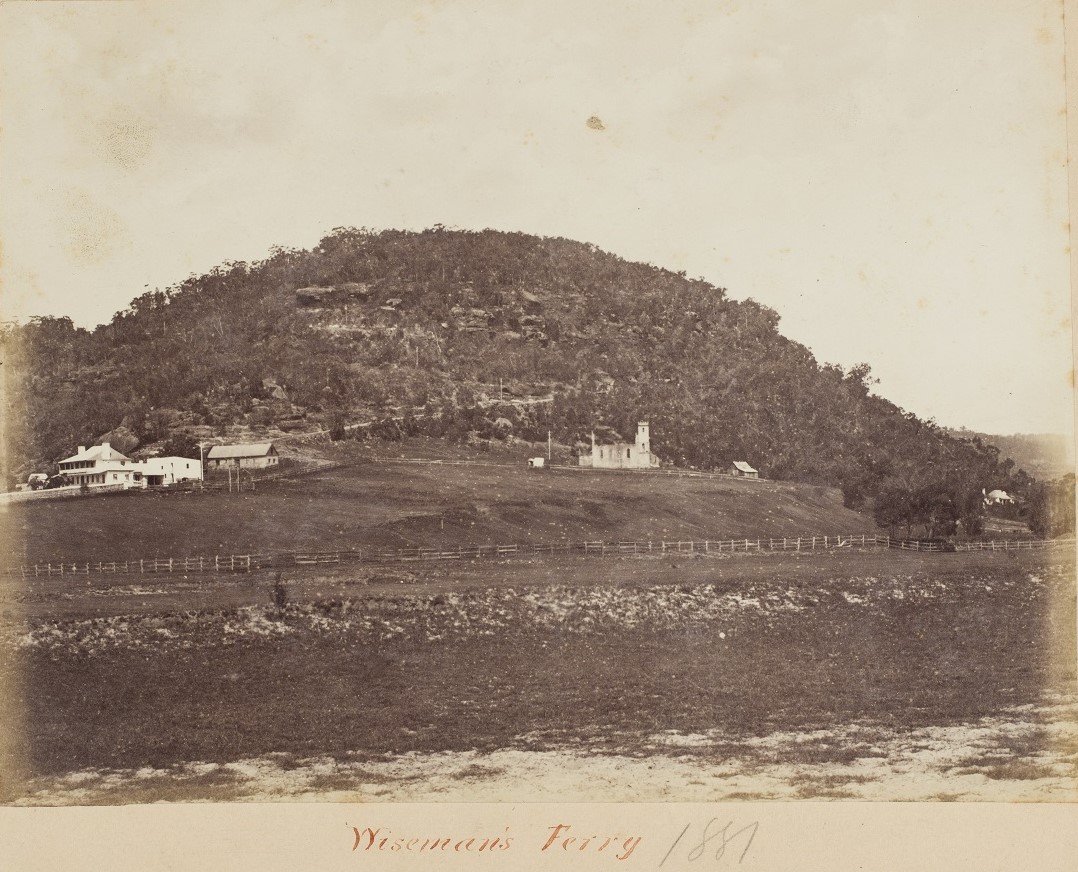
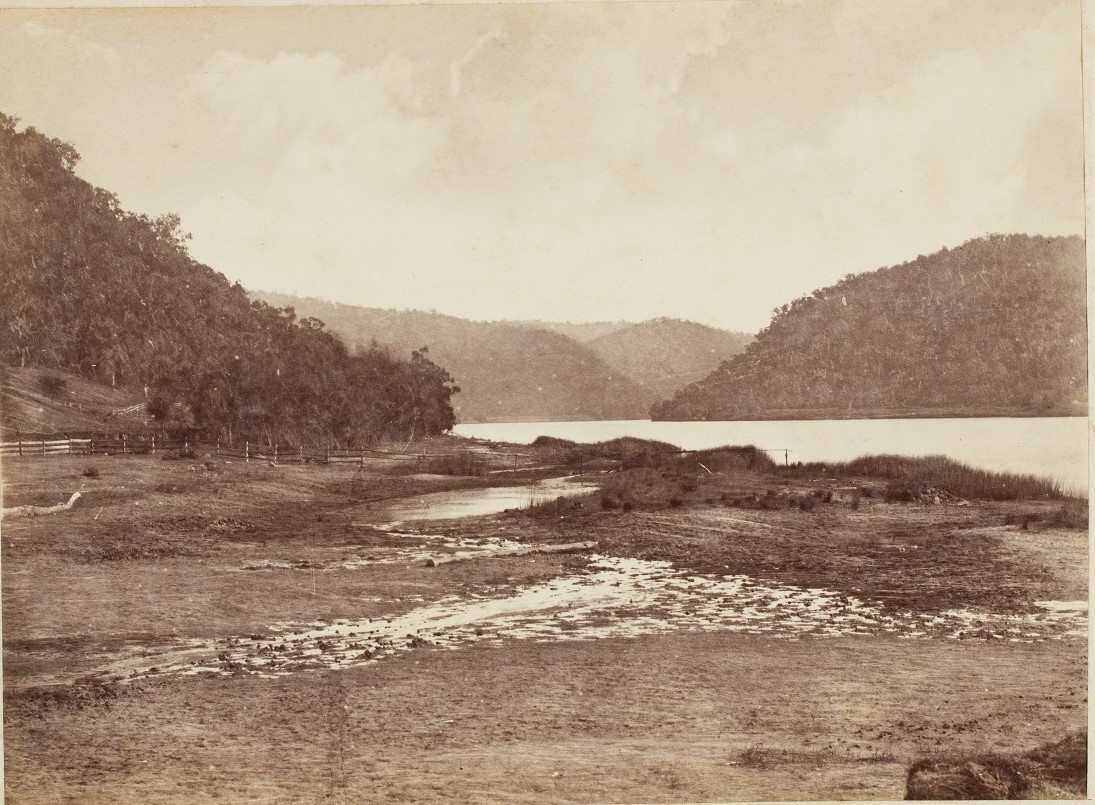

Caption at base reads; 'Hawkesbury River near Wiseman's'.


Caption reads 'Sackville Reach'
The King and I on the Hawkesbury
This is not the only instance where a family member of the Royals have visited the Hawkesbury and Pittwater. Just last year Chris Hendrikson, Whale Beach SLSC Life Member and from the family who owned and ran the Whale Beach Kiosk, shared a photo from his family albums, from May 1966, of Prince Charles, the current King, visiting a fishing camp course. Chris calls this his 'King and I' photo.
Having received numerous requests from all over Australia for several years about if and when King Charles visited Pittwater as a young man and where he stayed while here, and only being able to track down a few threads, it was great to have previous Pittwater MP, the Hon. Rob Stokes, who has a deep interest in local history and a lot of knowledge of the same, confirmed:
''It was a headmaster who Prince Charles would stay with. His name was Rod West, and his wife was Janet.
Rod was a housemaster at Timbertop before becoming Principal at Trinity in Sydeny. They lived in Goodwin Street Newport.
While Rod was a Liberal, his daughter, Katherine, went to Ravenswood in Gordon and is now a Labour MP in the House of Commons!''
The other gentleman in Chris' photo is Mr. West:
The news and confirmation by Rob was welcomed by Peter Bodman who set the news service the task of finding out more in October 2020. Peter had been holidaying at The Basin when the news flew all over Pittwater, as it does, that Prince Charles was here.
On 20 March 1983, the Prince of Wales, this time with the Princess of Wales, and their son Prince William, landed in Alice Springs for an official visit, 26 October – 8 November 1985 visiting Victoria for 150th anniversary of the state. This tour included visits to Brisbane and Canberra. The Prince and Princess of Wales also made a visit during the bicentenary celebrations in 1988.
On this visit the Prince and Princess of Wales had an afternoon on Pittwater, this time boarding a vessel at the historical Bayview Wharf.
Brian Friend OAM, then part of the Water Police, shared during an interview for his Profile:
We drove Di’ and Charles from Bayview up to Gosford on a 60 footer.
So no blast up the Hawkesbury that time, but a return to the pristine waters of Pittwater, and a time of year in a place his senses would have remembered, even if Pittwater was a little changed in the 20 years between jaunts.
.JPG?timestamp=1738908222564) Prince Charles on the Hawkesbury with Timbertop Housemaster Roderick West (1933–2016) in May 1966. Chris is in the dark top with white stripe down the side at the back. Photo: Chris Hendrikson
Prince Charles on the Hawkesbury with Timbertop Housemaster Roderick West (1933–2016) in May 1966. Chris is in the dark top with white stripe down the side at the back. Photo: Chris Hendrikson
About William Applegate Gullick
William Applegate Gullick (September 19 1858 – April 27, 1922) was a publisher and inspector of stamps in New South Wales. He was an early photographer and is also known for having designed the coat of arms of New South Wales.
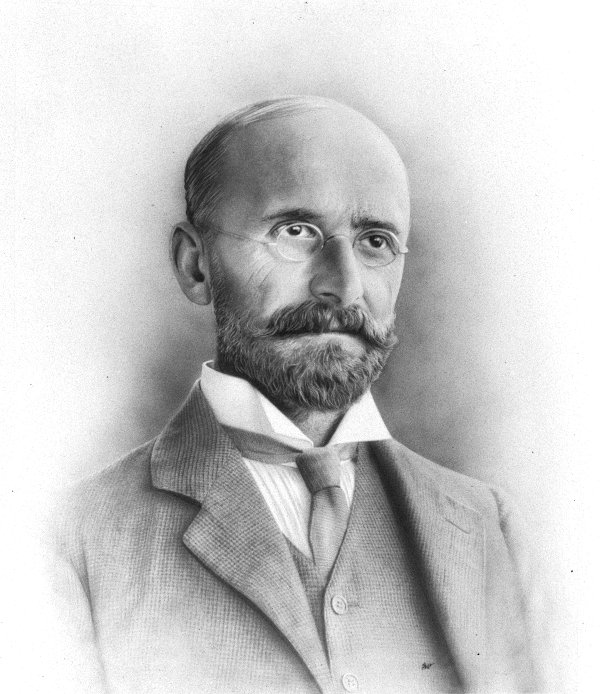
William A Gullick
William Applegate Gullick was baptised in Edington, Wiltshire in 1858, son of William Ransom Gullick and Matilda Hill Applegate. He and his family, including his sister Annie Matilda, emigrated to Sydney where his mother died in childbirth in 1864, the child, ‘Matty’ also not surviving.
His father remarried in 1866, to Sarah Dust, and they went on to have another 3 boys and 2 girls.
William Ransom Gullick, who worked as a printer’s broker, was declared bankrupt in 1869 and 1880.
William A Gullick started his printing career around 1876 working for printing company John Sands and Co. This company published directories and also worked on heraldry.
He married Mary Ann Pierce in 1886 in Balmain and the couple had five children, whom they named Zoe (born 1886), Marjorie, also spelt Marjory (born 1888), Chloe(born 1890), Dorothy (born 1893) and Noel (born 1899).
William A. Gullick was asked to create the coat of arms for New South Wales. The interpretation of the ideas that he had were published in 1907 and later a book on the seals in 1914. He was honoured to have his designs approved by the King, and Gullick expected these "emblems of distinction to be prized and guarded jealously". The motto of the arms had originally been devised for Sydney University, but it was Gullick who decided that his arms would bear the message “Orta recens quam pura nites” (Newly risen, how brightly you shine).
Mr. Gullick experimented with the early use of colour photography in Australia. The Lumière brothers' autochrome process that he used relied on using potato starch dyed to the three key colours of red, blue and green. The photo of his wife and daughters was taken with this process in about 1909 only two years after the process first went on sale. The three basic colours of the Lumière process is thought to be the reason why Gullick's family are wearing different coloured dresses. The photo is at their home in Killara.

Zoe Gullick, Mary Gullick, Marjory Gullick and Chloe Gullick in an early colour picture.
Intriguingly these were the same three colours as basic stamp denominations used across Australia. Gullick is thought to have influenced the heraldic nature of the stamp designs. His eldest daughter Zoe Gullick (in the red dress) helped Gullick as a laboratory assistant when he was working on his photography.
A year before his ideas about coloured photos began to attract attention:
Mr. Gullick's Coloured Pictures.
The Hon. A. Norton, M.L.C., has received a letter from Mr W. A. Gullick, Government Printer, Sydney, in reply to an invitation extended to him to show his coloured pictures at the Science Association Congress, commencing on January 11 next. Mr Gullick states that he is awaiting the advent of a cargo steamer with the apparatus before anything further can be done. He has received invitations to exhibit his pictures at the Sydney University, the Royal Society, the Affiliated Photographic Societies of Victoria, the Royal Photographic Society of Great Britain, and the Dresden International Photographic Exhibition.
Mr. Gullick states that the outfit will be capable of travelling and use wherever there is an electric current, and he hopes it will travel to Brisbane, Melbourne and Adelaide, and, at a later date, to the old country for immigration purposes Once practically started Mr Gullick anticipates that he will be able to detach himself from its details and take up some other avenue, such as the exemplification of the work on large posters, or for book or wall illustrations. In the meantime he is providing material for large pictures for framing on the carbon principle. He adds that he will advise Mr Norton when he gets things going on a large scale, but there is still a lot of work to do, even when the apparatus is to hand, before he will be able to go on night after night like the cinematograph.
Mr Norton states that last month, when in Sydney, he was invited to attend a private exhibition of the pictures, and saw between eight and one hundred thrown upon the wall with perfectly natural colouring. The process, it is understood, is of German origin, but was not successful until taken in hand by Mr. Gullick. Mr. Gullick's Coloured Pictures. (1908, November 20). The Brisbane Courier (Qld. : 1864 - 1933), p. 2. Retrieved from http://nla.gov.au/nla.news-article19550320
Mr. Gullick died suddenly, and his will indicates that he did not leave his family the money they might have expected. His obituary lists his hobbies which included both coin and stamp collecting and he left a lathe, many woodworking tools and a camera.
Some insights from the newspapers of the past into his activities pre-photography and his tributes:
PRESENTATION TO MR. W. A. GULLICK.
Mr. W. A. Gullick, the new Government Printer, was yesterday afternoon the recipient of a handsome silver tea and coffee service from the employees of the firm of John Sands, printers and lithographers, George-street, with which firm Mr. Gullick has been associated for upwards of 20 years.
The presentation was made in the George-street factory in the presence of about 150 employees of both sexes. Mr. Robert Sands, the head of the firm, presided over the gathering, and In stating the object of their meeting together spoke of the sterling qualities of Air. Gullick in connection with the trade. Mo was sure that that gentleman would make a success of his new work, as he had made a success of the business of John Sands during his managerial career. He thought they would all admit that their guest had attained the greatest position possible for any young man in Australia to attain in the trade. Mr. IT. Watsford (accountant), by whom the presentation was made, also spoke in flattering terms of Mr. Gullick. One could safely say that they all had golden opinions of Mr. Gullick, who had for so long managed the business with satisfaction to his employers and with credit to himself. (Applause.)
Manliness, straightforwardness, and uprightness had at all times governed his actions, and It was with feelings of extreme regret that they said good-bye. He had won the "blue ribbon" of the trade. The firm of John Sands was the oldest-established business of its kind in Australia, notwithstanding that many other firms disputed the fact. It was established in 1827. He begged of Mr. Gullick to accept the tea and coffee service as a token of the esteem in which he was held by the employees of John Sands, and in doing so wished him long life and every happiness. (Loud applause.) The heads of the various departments also spoke in terms of eulogy of Mr. Gullick, who, In responding, said that he hardly knew how to thank them for their kindness. Their gift would ever recall fond recollections and remembrances and old acquaintances. The gathering dispersed with cheers for Mr. and Mrs. Gullick and the firm. PRESENTATION TO MR. W. A. GULLICK. (1896, November 14). The Daily Telegraph (Sydney, NSW : 1883 - 1930), p. 9. Retrieved from http://nla.gov.au/nla.news-article238553442
GOVERNMENT PRINTER.
DEATH OF MR. W. A. GULLICK.
Mr. William Applegate Gullick, Government Printer of New South Wales, died suddenly on Thursday night at his home, Hillcrest, Pymble.
He was in his 64th year.
The late Mr. Gullick attended his office as usual on Thursday, and except for what he thought was merely an attack of indigestion he appeared to be in the best of health, leaving for his home at the usual time at the end of the day. He died at about 10 o'clock the same night. The late Mr. Gullick suffered from an attack of influenza some months ago and it was not for a considerable time that he recovered from it.
By his death the Public Service has suffered a severe loss. He entered the service 26 years ago as Government Printer, in succession to the late Mr. Potter. Before that Mr Gullick held an important post in the establishment of Messrs John Sands and Co., with whom his father had also been associated for a number of years.
Mr. Gullick was the type of man with never an idle moment. He was an enthusiastic philatelist and was no less keenly interested in the collection of old coins. Of heraldry he was a keen student. Other hobbies outside literature were photography, especially colour photography, in which he conducted many experiments, carpentering, and fishing. It was all these things, in association naturally with an artistic temperament, that made the late Mr Gullick one of the most delightful of companions. His versatility was seen also in his private workshop, for he was a mechanic of no mean order.
Although a strict disciplinarian, Mr. Gullick was well liked among the big body of men who served under him, and thus he won their loyal co-operation.
The funeral will leave his late residence at Pymble at 1.30 p.m. to-day for the Field of Mars Cemetery.
TREASURER'S TRIBUTE.
"The country has sustained a tremendous loss by the death of Mr. Gullick," said the
Treasurer (Mr A. A. C. Cocks) last night. "I knew Mr. Gullick personally. Besides his great qualifications as a printer he was possessed of those attributes that everywhere win respect and esteem from decent men. He was a high type of commercial man, and he applied to his department a greater amount of business knowledge than if he had grown up in the Government service. His was the kind of service and ability that the State can ill afford to lose."
GOVERNMENT PRINTER. (1922, April 29). The Sydney Morning Herald (NSW : 1842 - 1954), p. 12. Retrieved from http://nla.gov.au/nla.news-article16000204
OBITUARY. MR. W. A. GULLICK.
The funeral of Mr. W. A. Gullick, Government Printer, took place at the Field of Mars Cemetery on Saturday afternoon. The com-mittal service was conducted by the Rev. A. C. Cutts. The chief mourners were Mr. Noel Applegate Gullick (son) and Messrs. R. C. King, K. Upward, and R. Peacock (son-in-law). The Government Printing Office was represented by Messrs. D. Campbell (superintendent), A. J. Kent (accountant), J. J. Hyde (chief overseer), C. Wilkey (linotype section), R. Woods, and C. Wilson (permanent composing staff), and A. E. Hocking and E. J. Bought-wood (representing the temporary chapel).
Amongst other present were Dr. C. Blackwell, Messrs. D. Millar (Country Press), W. D. Loveridge (Public Service Board), W. Franks (representing Mr. Robert Sands), E. G. Baker (Government Printer, Papua), C. J. Saunders, W. A. Gilder, B. Haigh, T. H. Jackson, C. E. Boyd, J. J. Bouse, W. Dixson, G. H. Partridge, E. J. Rouse, A. Wilson, and L. Upward. A great number of wreaths were sent by Government Printing Office departments, printing trades-unions, and by private persons. OBITUARY. MR. W. A. GULLICK. (1922, May 2). The Sydney Morning Herald (NSW : 1842 - 1954), p. 10. Retrieved from http://nla.gov.au/nla.news-article16000511
The State Library of NSW States:
William Applegate Gullick (1858-1922) and his family epitomised those who settled in the upper North Shore at the turn of the 20th century. A prominent public servant, Gullick was New South Wales Government Printer and Inspector of Stamps from 1896 to 1922. He lived with his wife Mary and five children at Altoncourt, Killara, as well as a number of other houses in the area.
A 1925 description of Killara reads: 'this suburb may justly claim to be both attractive and select. There are many substantial residences, the homes of the well-to-do citizen; and altogether the dwellings are of a superior class'. (Wilson’s Authentic Directory. Sydney and Suburbs, Sydney: Wilson & Co., 1925, ML 981.1/W)
Gullick had a passionate interest in heraldry and designed the New South Wales coat of arms in 1906. He was also a keen amateur photographer and was one of the first people in Australia to experiment with autochrome plates, an early colour photography process. In 1909, his expertise in the area was acknowledged when he was invited by Sydney University's Science Society to give a lecture on colour photography.
The Library has a striking series of his autochrome colour plates depicting his family life at their home in Killara.
Reference: Library correspondence file
All photos and the painting courtesy Mitchell Library, State Library of New South Wales
Barrenjoey Lighthouse: 1881 Notes
Mr. John Kelly was Foreman of Works thereafter, and guided by Mr. E. S. W. Spencer, the then Clerk of Works. The stone used for the lighthouse, lighthouse keepers and assistant lighthouse keepers cottages was quarried from the headland itself, just below the site of the current assistant lighthouse-keeper cottages. The other materials required were brought by ship to the Customs Station Wharf and carried via the trolley devised by Mr Banks to the constructions site. The original estimate did not include the lights needed and by completion twenty thousand pounds had been spent. Build time was fourteen months, completion on July 20th, 1881.

Barrenjoey July 1881 - from Australian National Archives

Barrenjoey Lighthouse, circa 1881 - contractors and workers - courtesy AGNSW
Of lighthouses the Colonial Architect has the completion of four under his direction. The principal one is that known as the Macquarie lighthouse, near South Head. Several months ago this reached its full height so far as the tower is concerned, but its completion has been delayed pending the arrival of the lantern from England, which has taken more time to prepare than was anticipated. This will be fitted with an electric light, which Mr. Douglas, of the Trinity Board, has written to state will be superior to any in the world. In order to make it as perfect as possible, Professor Tyndall, whose authority on light is unquestioned, was consulted. Mr. J. Elphinston is the contractor for the erection of the lighthouse, and the work is estimated to cost £11,300.
Barrenjoey lighthouse will be ready for use early in August, the building being nearly completed. A second-class red dioptric light, produced from oil, will be introduced. Mr. Banks is the contractor, and the work of erection is estimated to cost £18, 695.
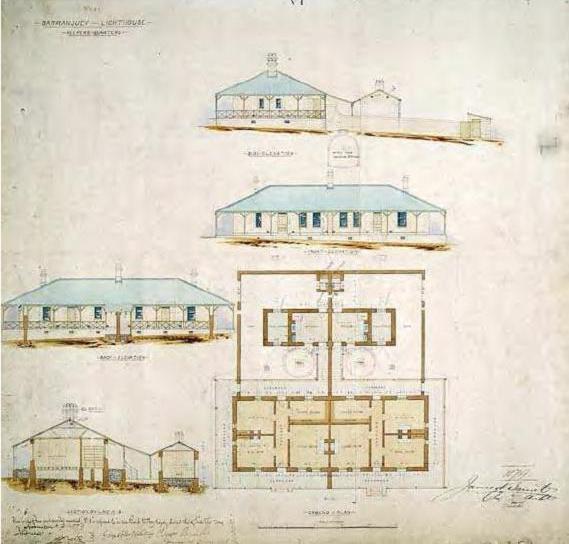 1877 -1879 Barnet Plan of the Assistant Keepers cottages for Barrenjoey Lighthouse showing the underground water tanks inside the enclosed yards (Source: NAA 4957002 Series A9568)
1877 -1879 Barnet Plan of the Assistant Keepers cottages for Barrenjoey Lighthouse showing the underground water tanks inside the enclosed yards (Source: NAA 4957002 Series A9568)
At Montague Island the quarters of the lighthouse keeper are being roofed in. The tower of the lighthouse, which is situated on a huge granite boulder, and is to be built of granite, is about ten feet out of the ground. When completed a lantern containing a first-class revolving dioptric light will be added to it.Mr. Jennings is the contractor, and the work is estimated to cost £16,950. The fourth lighthouse is situated at Green Cape, towards the southern boundary of the colony. Mr. Aspinall, the contractor, has just commenced operations, his first work being the formation of a tramway, about four miles long, from the beach to the site of the building, for the easy conveyance of materials. The lighthouse will be constructed of concrete ; the men's quarters of rubble. A first-class revolvingdioptric light will be introduced. The work is estimated to cost £12,936. Public Works in Progress. (1881, May 5). The Maitland Mercury & Hunter River General Advertiser (NSW : 1843 - 1893), p. 6. Retrieved from http://nla.gov.au/nla.news-article817064
The light shone for the first time on the 1st of August 1881.
The New Lighthouse at Barrenjuey.
{From the S. M. Herald.)
The necessity for a lighthouse at Barrenjuey, the South Head of Broken Bay, was brought under the notice of the Government as far back as 1868, when the present site was selected as the best adapted for the purpose, the land being private property. Captain Hixson, R.N., President of the Marine Board, recommended the erection of two wooden buildings in which the lights might be exhibited. This recommendation was approved of by the then Colonial Treasurer, Mr. Geoffrey Edgar, the work being carried out by Messrs. Hudson Brothers of Sydney, under the superintendence of Mr. W. Coles, first clerk of works in the Colonial Architect's department, at a cost of about £300, including £85 for two lanterns, &c, completed in August, 1868. They were named the Stewart Lights, after Mr. Robert Stewart, the then member of Parliament for East Sydney, by whose efforts these lights were established, and they have been in use for the last thirteen years.
In the year 1873, at a conference of the principal officers of the marine departments of the Australian colonies, held at Sydney, comprising Captain Hixson(chairman), representing this colony, Captain Heath, R.N., for Queensland, Captain Ferguson for South Australia and Western Australia, Captain Payne, for Victoria, and Mr. C. W. Maxwell, for Tasmania, it was resolved to recommend the erection of one lighthouse at Barrenjuey, to take the place of the two temporary lights, with lights of the second order of fixed dioptric red lights ; and in the year 1874 plans for a permanent lighthouse and quarters were prepared, and the sum of £5000 was also in that year voted towards the erection of the buildings. The matter, however, was postponed from time to time, and tenders were not accepted until October,1878. Those received being considered too high, they were declined. Ultimately in October, 1879, the tender of Mr. Isaac Banks, amounting to £13,695, was accepted, and preparations were at once made for commencing the work.
This tender, however, did not provide for the lantern light, and the light rooms, &c. The lantern was obtained from Messrs. Chance Brothers, of England, at a cost of £2210. The entire work was completed by the contractor on the 20th instant. The lantern is capacious and well ventilated, having modern improvements, placed on a substantial iron light-room, the whole standing upon a strong tower, built with the excellent freestone of the locality. The height of the light is 371 feet over high-water mark, and is visible about 15 miles distant. The tower is fitted with an iron spiral stair, communicating with the upper floor. Adjoining the tower is an oil-room, with passage, and exterior stairway communicating with the principal quarters. The under-keepers' quarters' are placed slightly lower on the hill, to the south-west, and sheltered by the north-eastern cliff. The tower and the buildings are replete with every convenience for the efficient working of the light.
These works were designed by Mr. James Barnet, the Colonial Architect, and under his direction they were carried out, the superintending officers being Mr. E. S. V. Spencer, clerk of works, and Mr. John Kelly, the mason foreman of the works. The latter left for Montague Island Lighthouse works in December, 1880, being succeeded by Mr. Archibald Murray, carpenter, from the South Solitary Lighthouse works. The light will be exhibited for the first time on the night of August 1st, by Mr. George Mulhall, the principal keeper, and his assistants. Mr. James Barnet and Captains Hixson, Broomfield, Jenkins, Robertson, M'Lean, and commander Lindeman paid an official visit to the new lighthouse on Friday, in order to inspect the works and to test the efficiency of the light from sea. They proceeded hence at noon in the Captain Cook (B.), and reached Broken Bay about 2.30 p.m., where the whole party disembarked, and made an inspection of the lighthouse and buildings, after which they re-embarked on the Captain Cook, and for the first time the lighthouse was lighted up.It was viewed from various parts of the bay, and then from the sea. Mr. Barnet expressed himself highly pleased with the work and the manner in which Mr. Banks had carried out his contract, and expressions of a similar nature were made by the members of the Marine Board, The visitors got back to Sydney at half-past 9 o'clock on Friday night, after a rather rough trip. The New Lighthouse at Barrenjuey. (1881, August 2). The Maitland Mercury & Hunter River General Advertiser (NSW : 1843 - 1893), p. 6. Retrieved, from http://nla.gov.au/nla.news-article818977
On the Opening:
THE BARRENJUEY LIGHTHOUSE.
The new lighthouse at Barrenjuey, an illustration of which appears in this issue, was lit up for the first time on Monday night, August 1, by Mr. George Mulhall, the lighthouse-keeper. On Friday an official visit was made to the lighthouse by Mr. James Barnet, and Captains Hixson. Jenkins, Broomfield, Robertson, M'Lean, and Lieut. Lindeman, R.N. The party left in the Captain Cook during the afternoon, and returned to town about 10 o'clock after a somewhat rough passage. At a conference of though principal officers of the Marine Departments of the colonies held in 1870, at which were present Captain Hixson (chairman), representing this colony, Captain Heath, R.N., for Queensland; Captain Ferguson, for South Australia and Western Australia ; Captain Payne, for "Victoria; and Mr. C. W. Maxwell for Tasmania, it was resolved to recommend the erection of one lighthouse at Barrenjuey, to take the place of the two temporary lights, with lights of the second order of fixed diopiric red lights ; and in the year 1871 plans for a permanent lighthouse and quarters were prepared, and the sum of £5000 was also voted towards the erection of the buildings. In October, 1879, the tender of Mr. Isaac Banks, amounting to £13 005, was accepted, and preparations were at once made for commencing the work. This tender, however, did not provide for the lantern light, and the light rooms, &c. The lantern was obtained from Messrs. Chance Bros., of England, at a cost of £2210. The entire work was completed by the contractor on the 20th ultimo. The lantern is capacious and well ventilated, having all modern improvements, placed on a substantial iron lightroom, the whole standing upon a strong tower, built with the excellent freestone of the locality. The height of the light is 371ft over high water mark, and is visible about 15 miles distant, latitudes 33deg 35 mins S., longitude 151deg 21min
The tower is fitted with an iron spiral stair, communicating with the upper floor. Adjoining the tower is an oil-room with passage and exterior stairway communicating with the principal quarters. The underkeepers' quarters are placed slightly lower on the hill to the south-west, and sheltered by the north-eastern cliff. The works were designed by Mr. James Barnet, the Colonial Architect, and under his direction they were carried out, the superintending officers being Mr. E. S. V. Spencer, clerk of works, and Mr. John Kelly, the mason foreman of the works. The latter loft for Montague Island lighthouse works in December, 1880, being succeeded by Mr. Archibald Murray, carpenter, from the South Solitary lighthouse works. The members of the Marine Board and Mr. S Barnet express themselves as very pleased with the manner in which Mr. Banks has carried out his contract. THE BARRENJUEY LIGHTHOUSE. (1881, August 6).Australian Town and Country Journal (Sydney, NSW : 1870 - 1907), p. 37. Retrieved from http://nla.gov.au/nla.news-article70958591
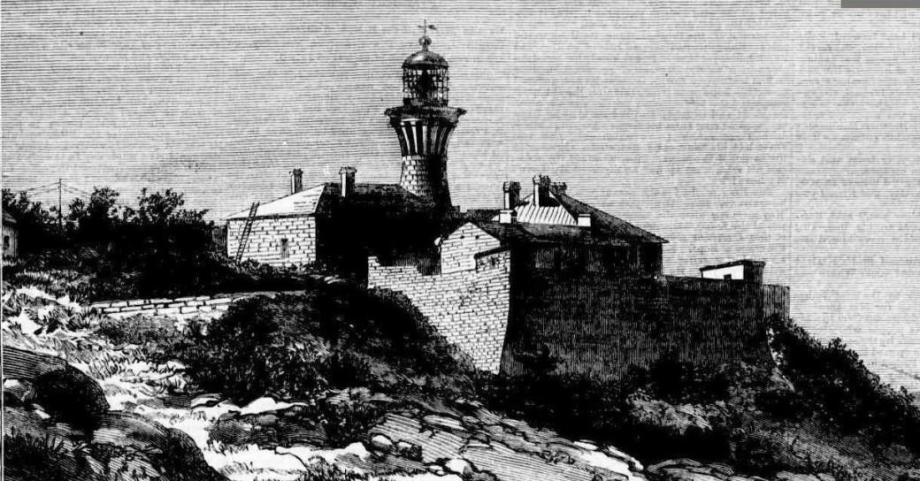
THE BARRENJUEY LIGHTHOUSE, BROKEN BAY.-OPENED ON MONDAY NIGHT. (SEE SHIPPING INTELLIGENCE.) THE BARRENJUEY LIGHTHOUSE, BROKEN BAY.OPENED ON MONDAY NIGHT. (SEE SHIPPING INTELLIGENCE.). (1881, August 6).Australian Town and Country Journal (Sydney, NSW : 1870 - 1907), p. 32. Retrieved from http://nla.gov.au/nla.news-article70958799

![]()








.jpg?timestamp=1761937623829)
.jpg?timestamp=1761937680469)


.jpg?timestamp=1761935401567)

.jpg?timestamp=1761941104597)
.jpg?timestamp=1761941150034)
.jpg?timestamp=1761941219526)
.jpg?timestamp=1761941602604)
.jpg?timestamp=1761942104612)












 1877 -1879 Barnet Plan of the Assistant Keepers cottages for Barrenjoey Lighthouse showing the underground water tanks inside the enclosed yards (Source: NAA 4957002 Series A9568)
1877 -1879 Barnet Plan of the Assistant Keepers cottages for Barrenjoey Lighthouse showing the underground water tanks inside the enclosed yards (Source: NAA 4957002 Series A9568)








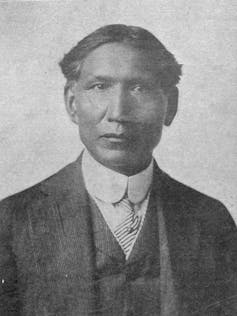

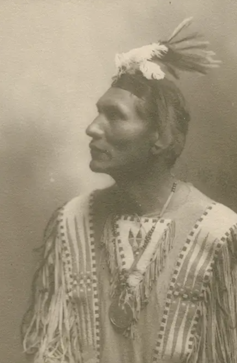

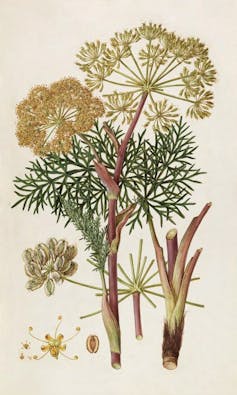


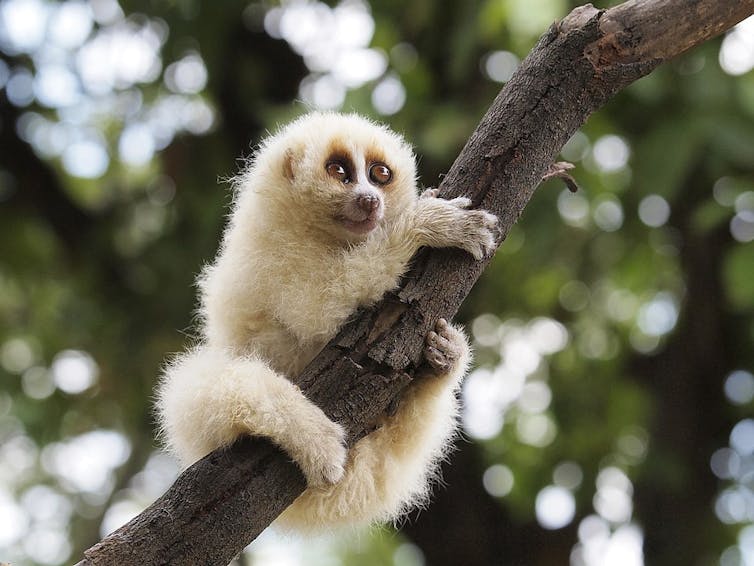


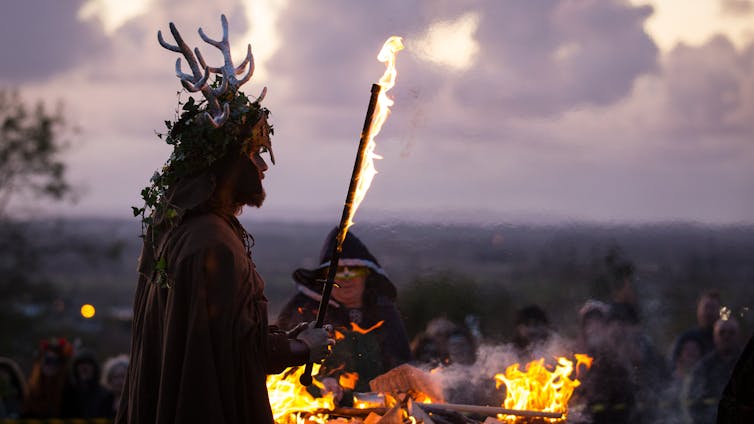

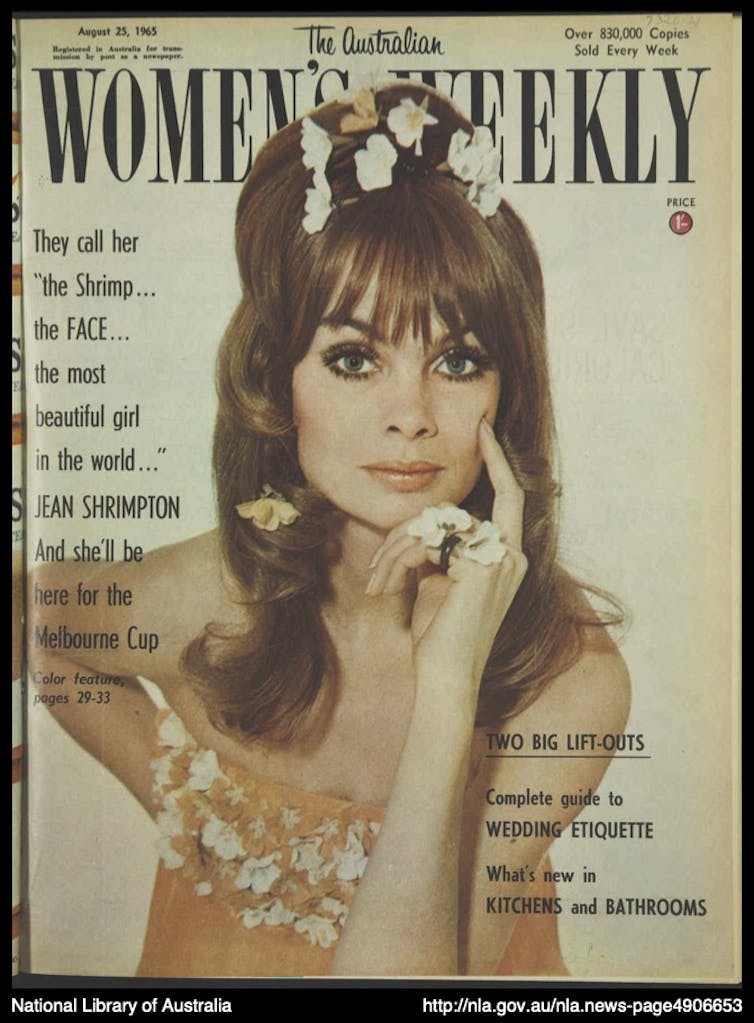



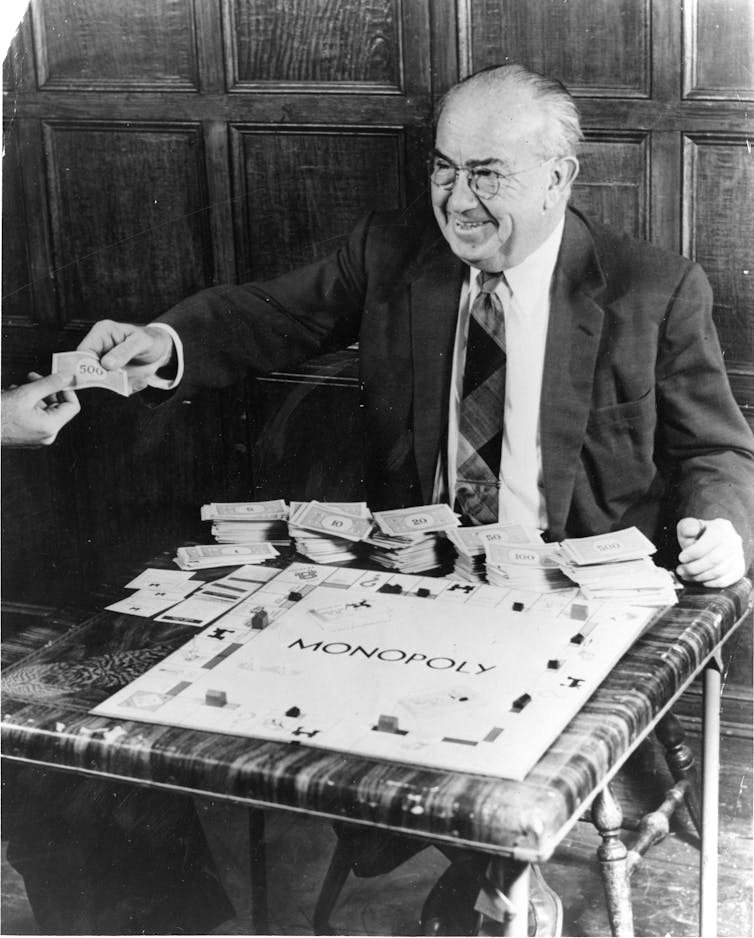



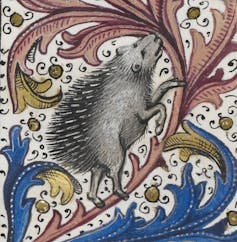


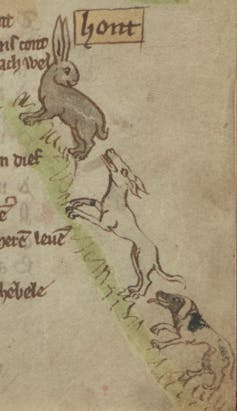
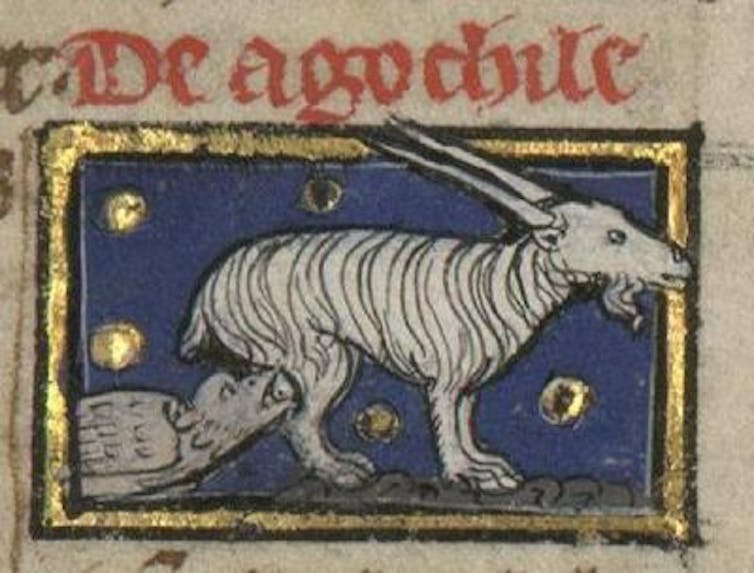

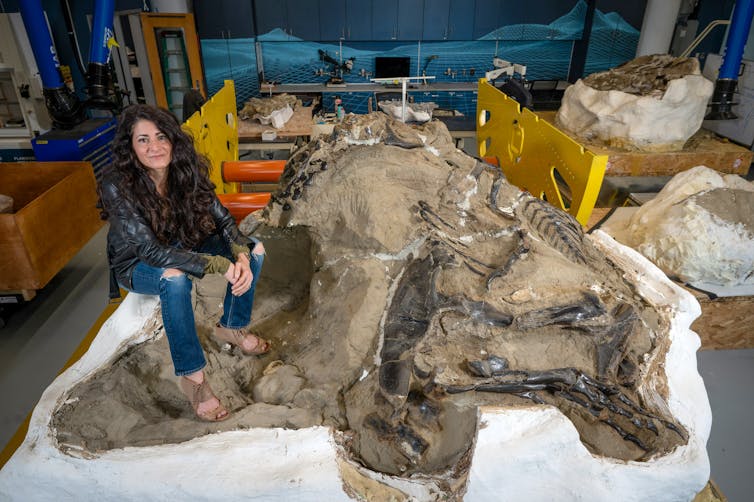



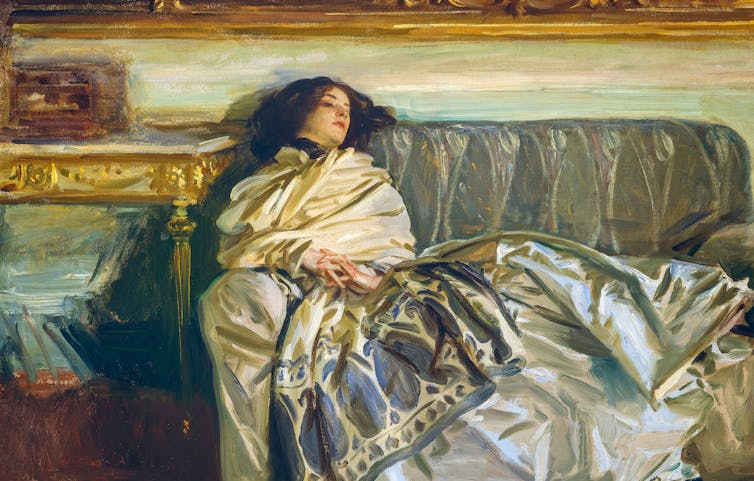





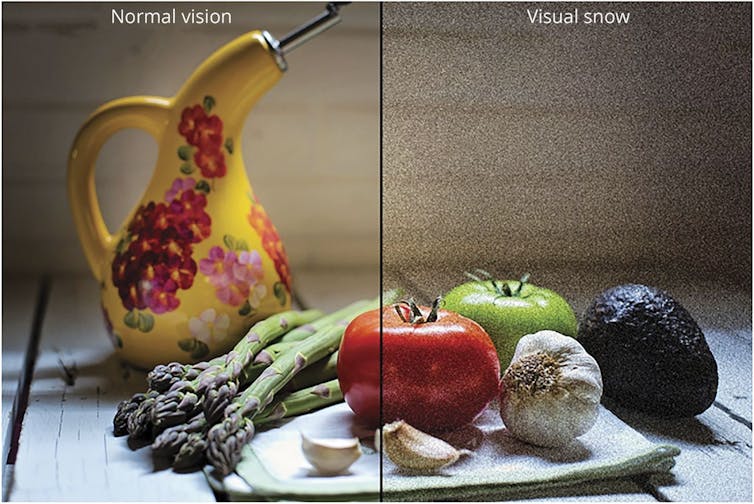







 MicroStar, which operates under the name Kegstar in Australia, and Konvoy are the only suppliers of keg pooling services, which enable brewers to rent kegs on a short-term basis to supply alcoholic drinks on tap to licensed venues.
MicroStar, which operates under the name Kegstar in Australia, and Konvoy are the only suppliers of keg pooling services, which enable brewers to rent kegs on a short-term basis to supply alcoholic drinks on tap to licensed venues.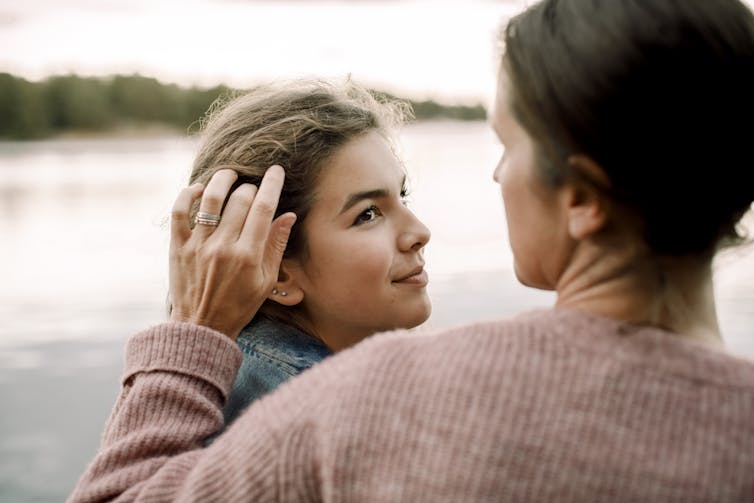








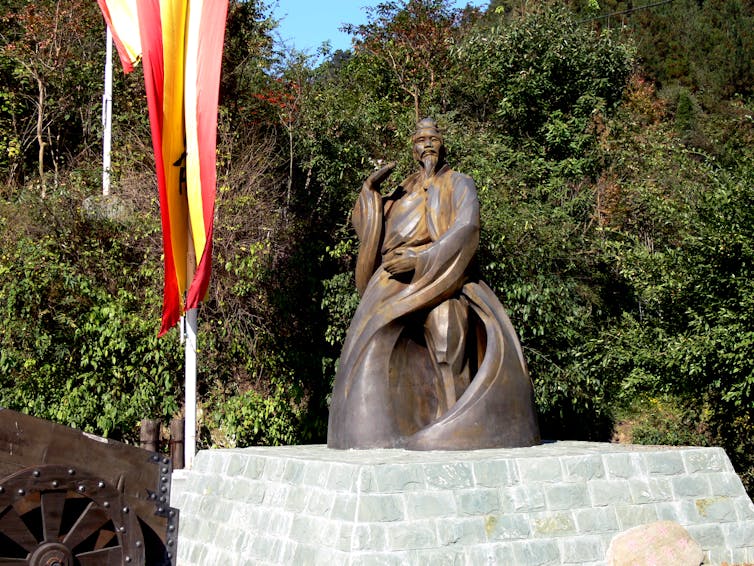


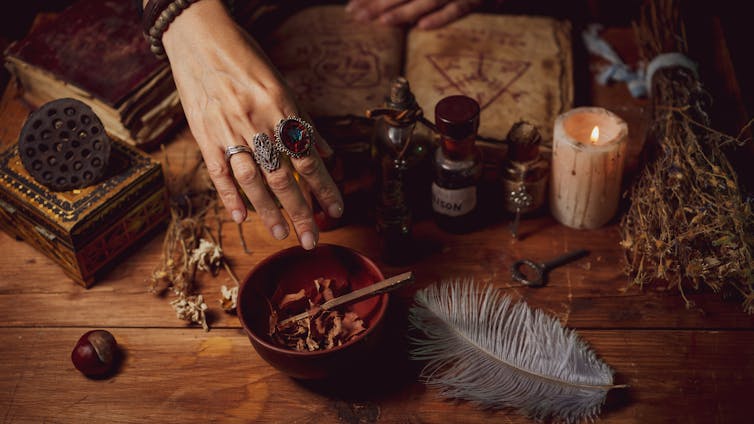





























 After nearly a decade in cyber security, Castle Hill local Ben Nordsvan turned his lifelong passion for aviation into a new career with the help of TAFE NSW.
After nearly a decade in cyber security, Castle Hill local Ben Nordsvan turned his lifelong passion for aviation into a new career with the help of TAFE NSW.

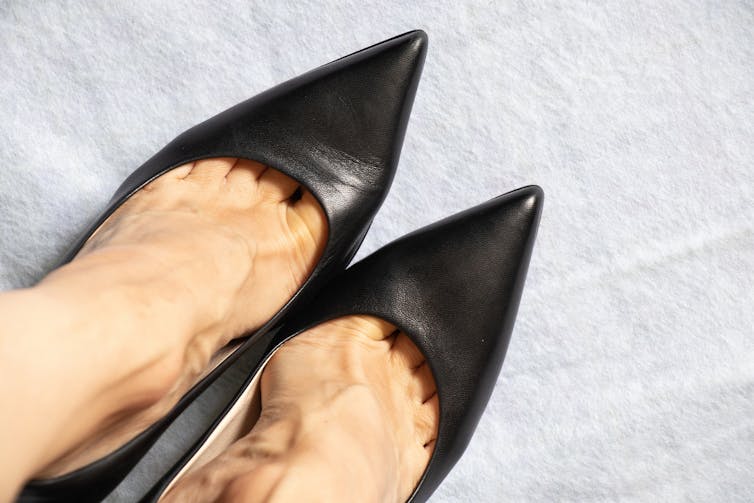
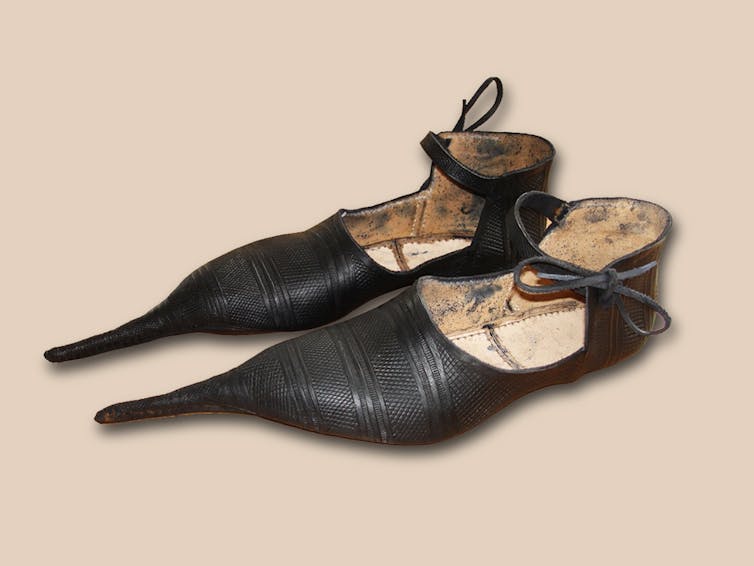
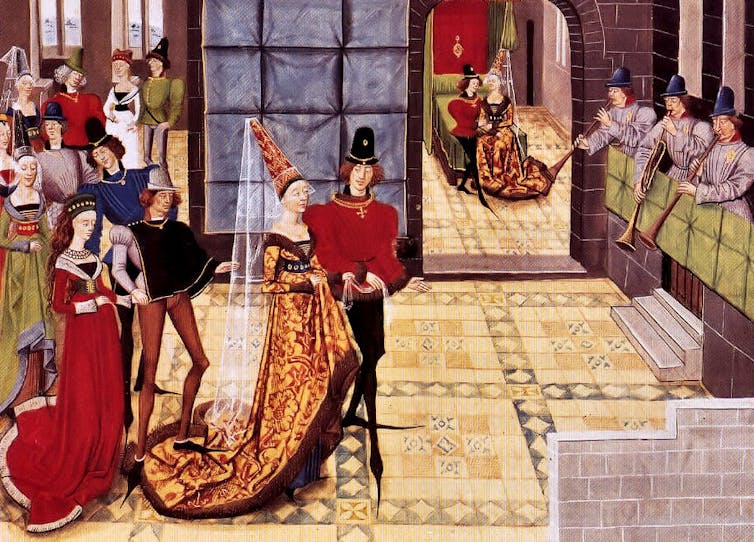




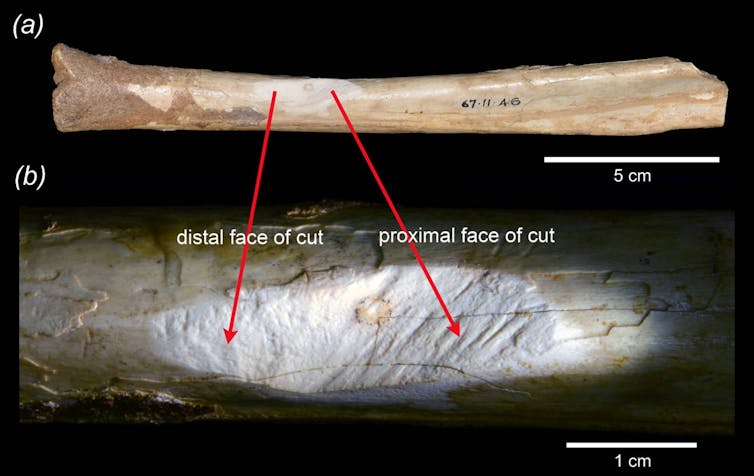
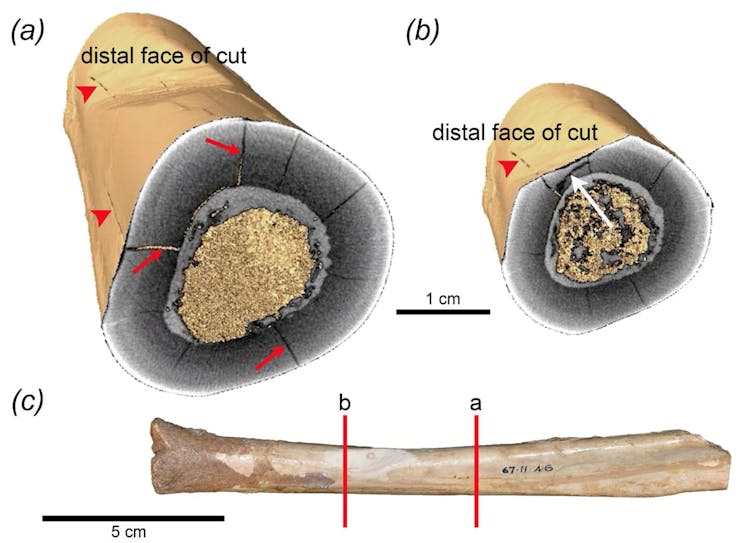
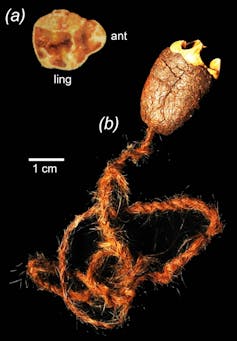

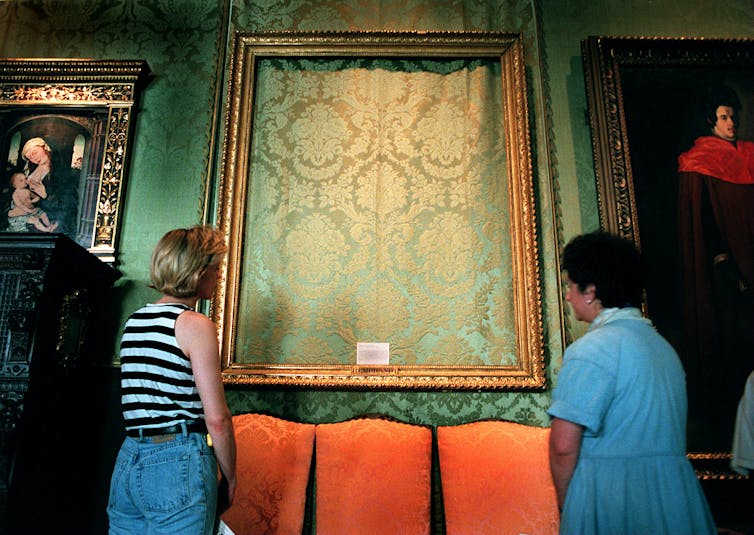


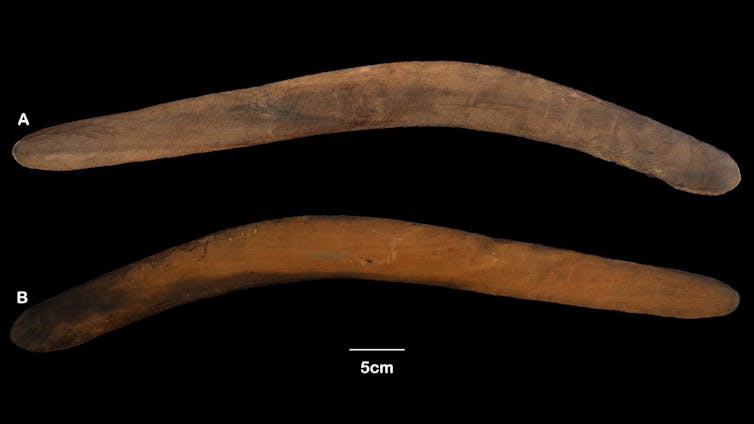

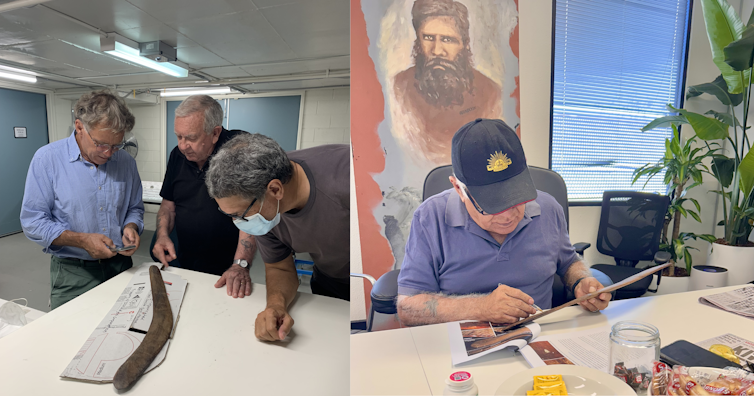
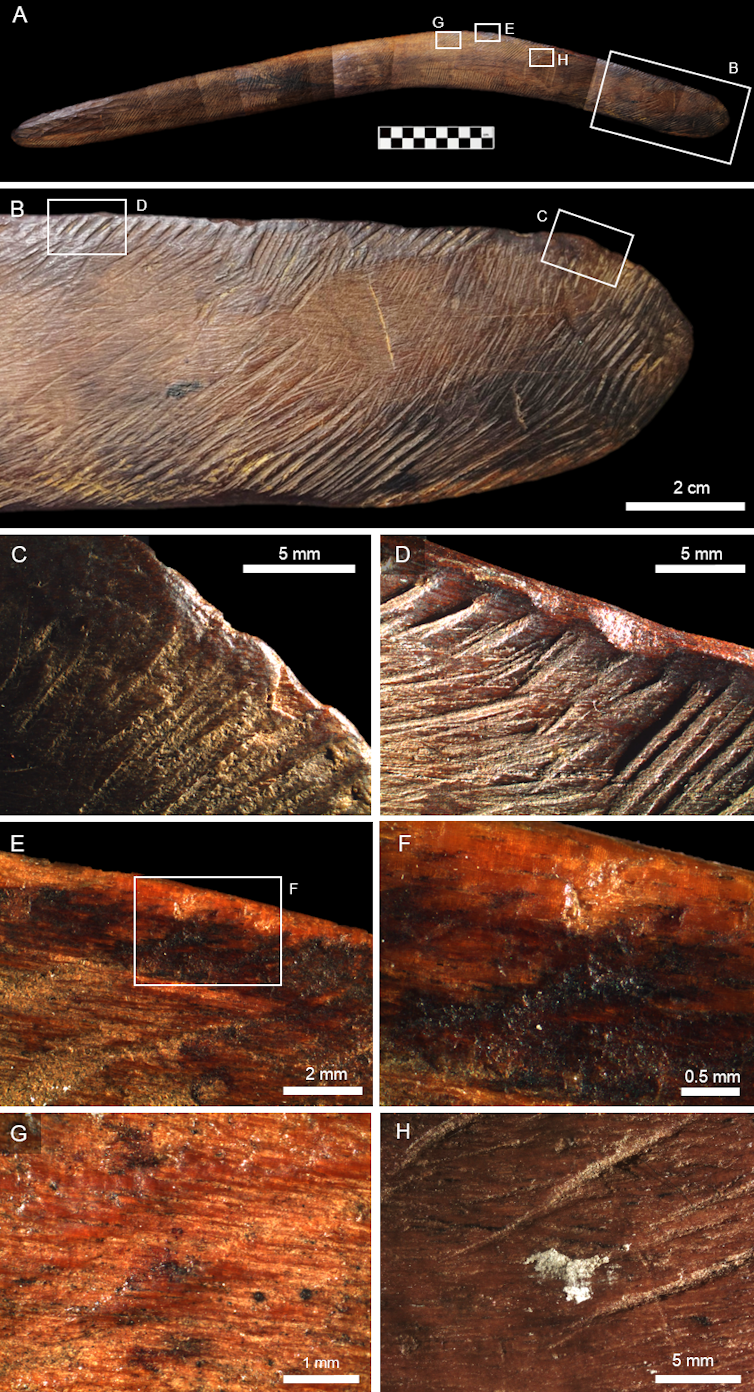
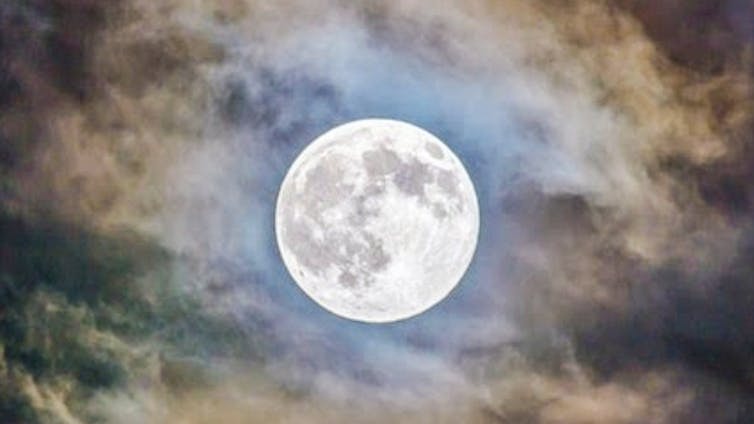

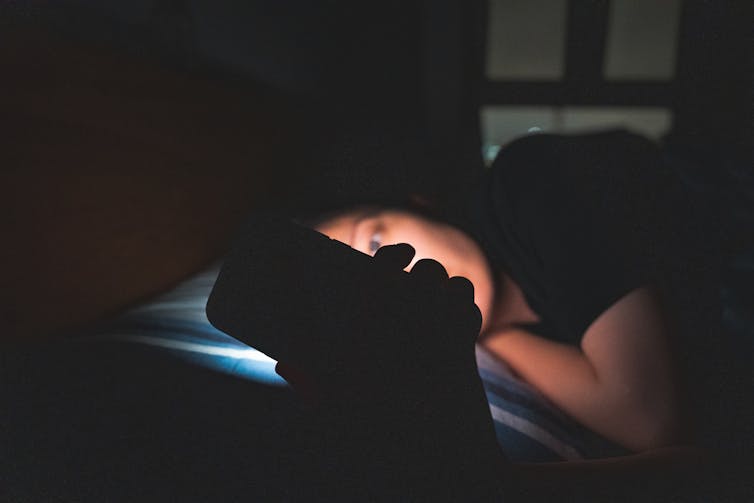



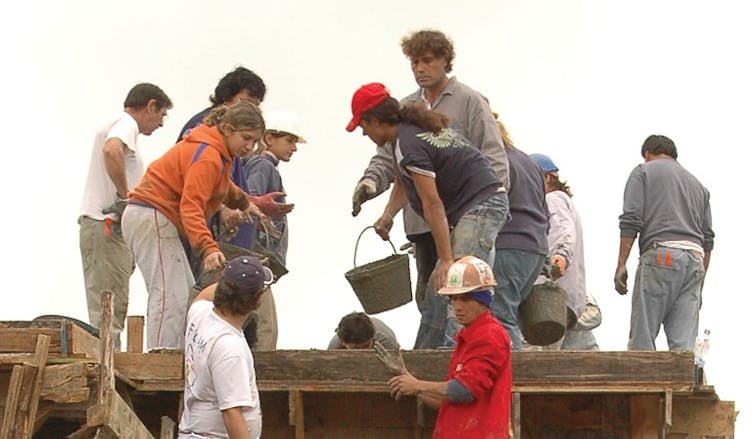





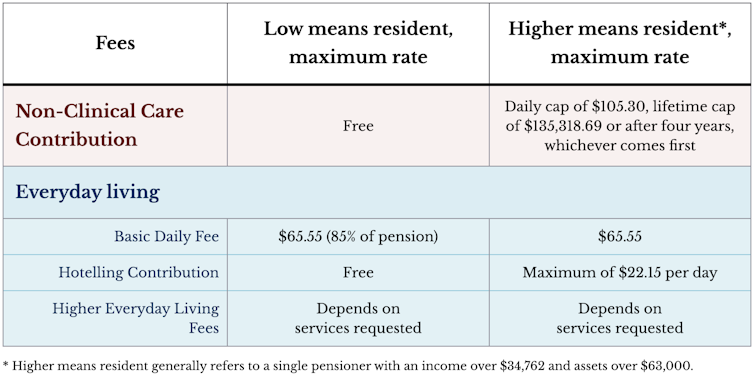




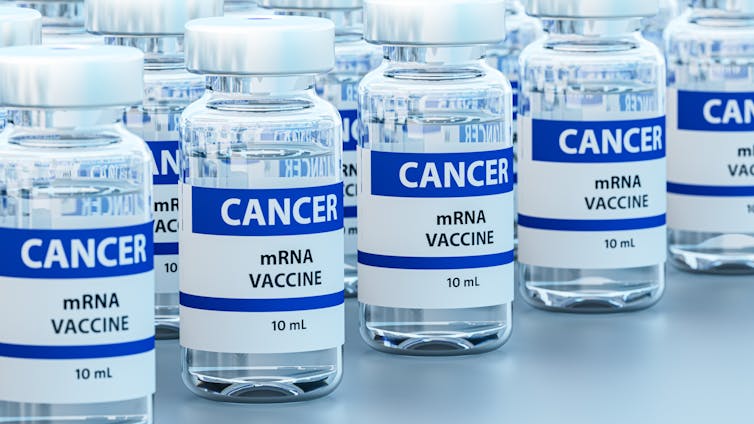
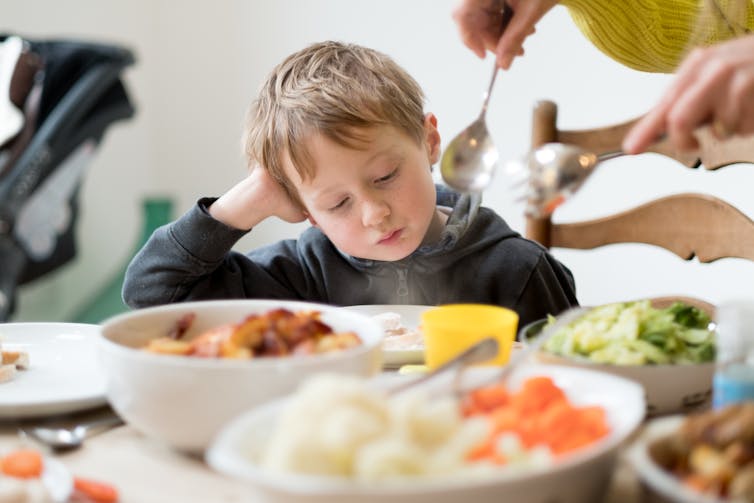

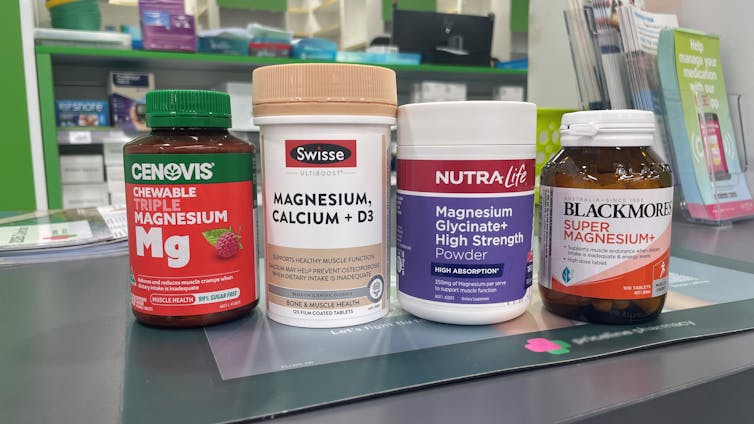
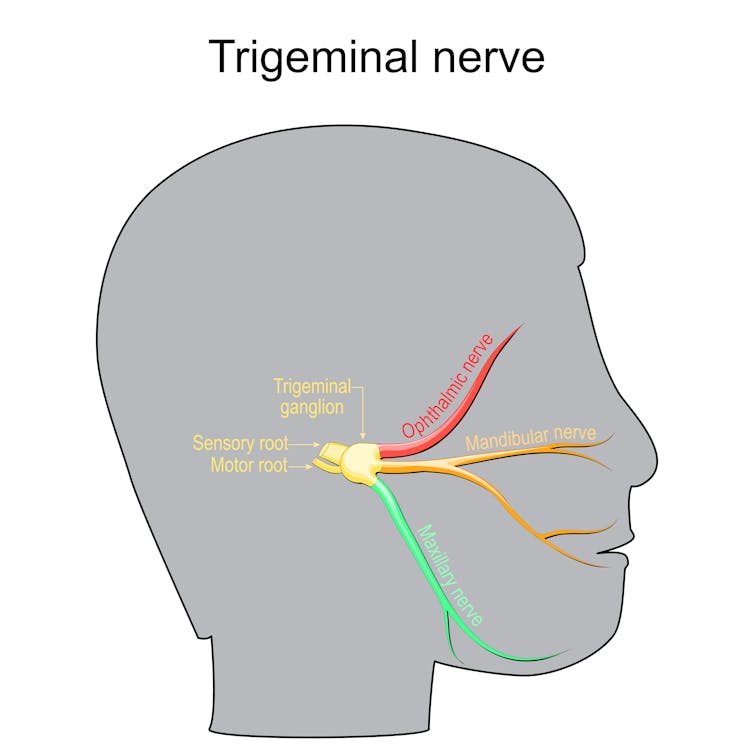




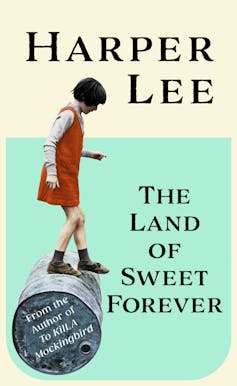
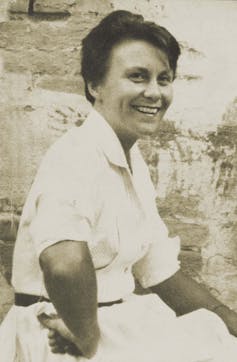
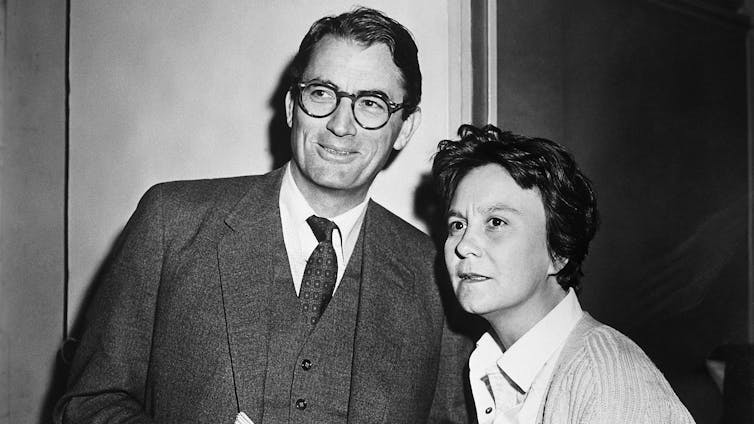



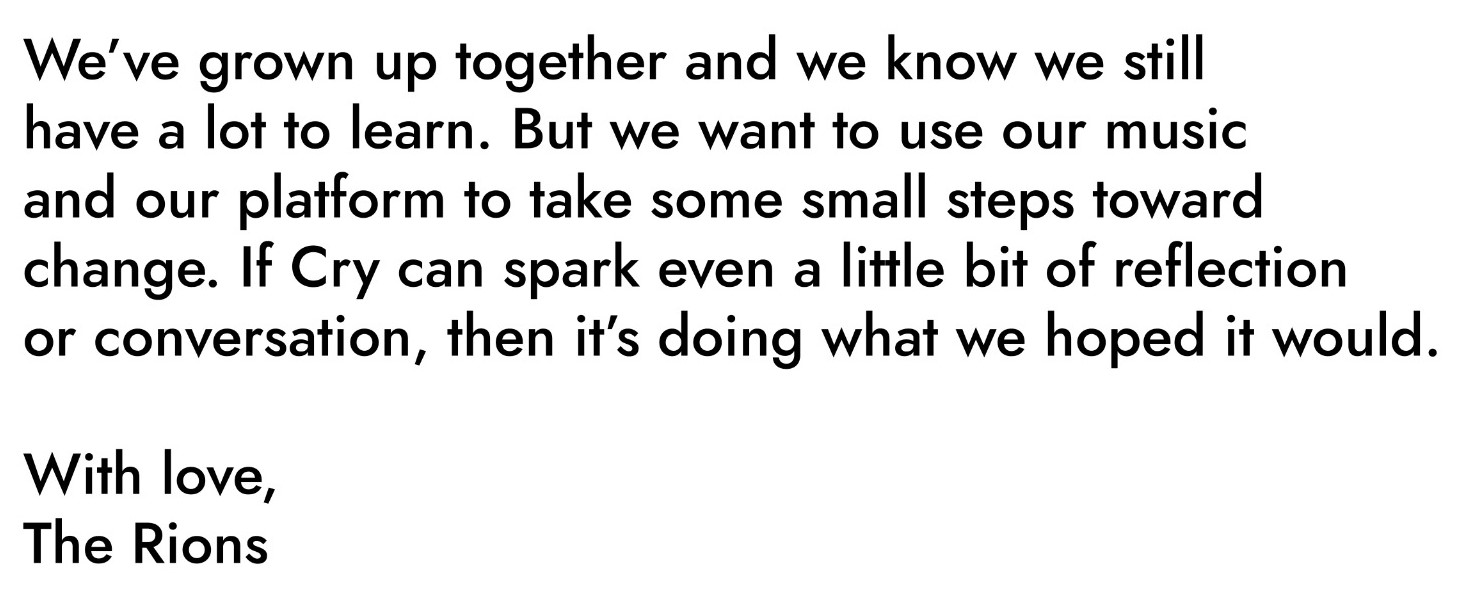


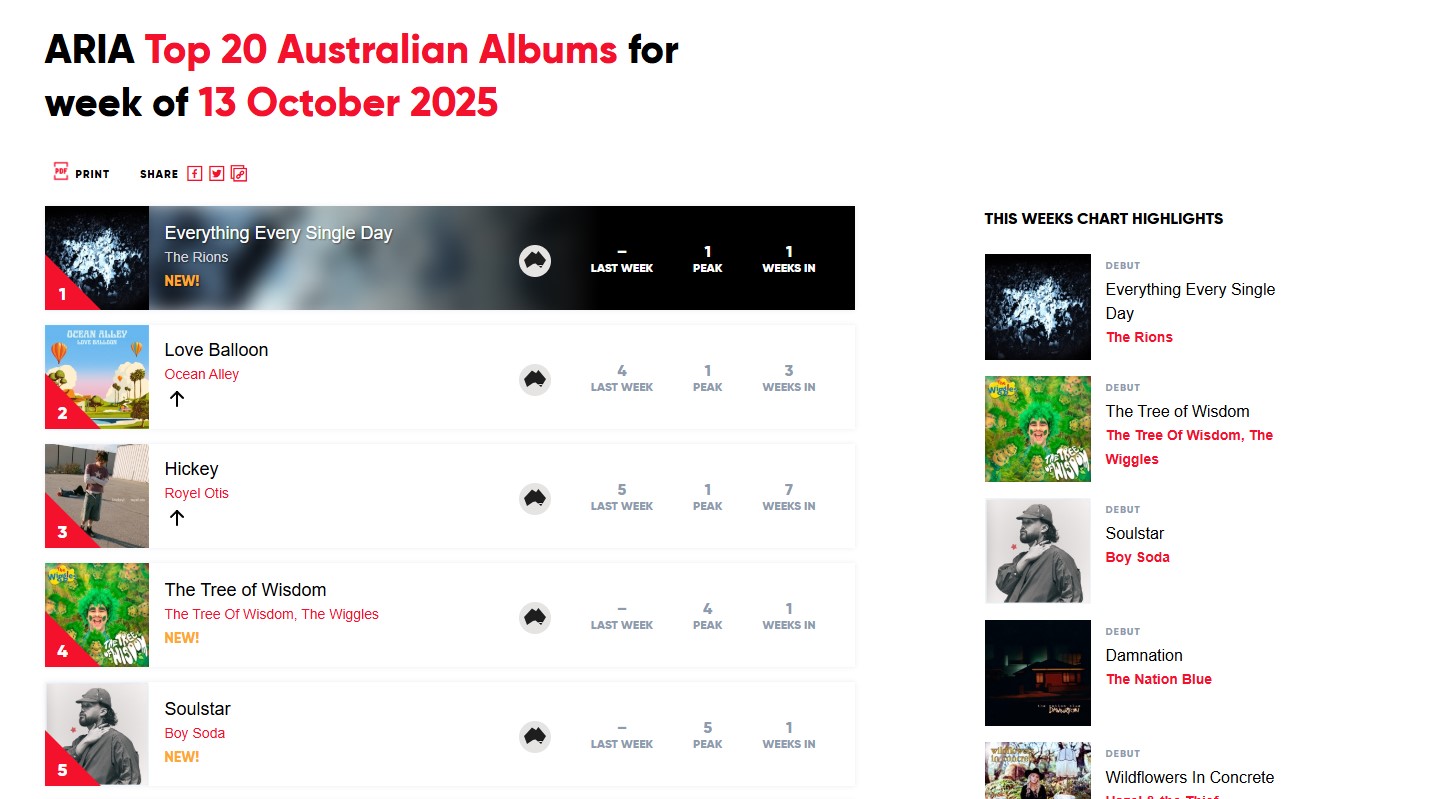


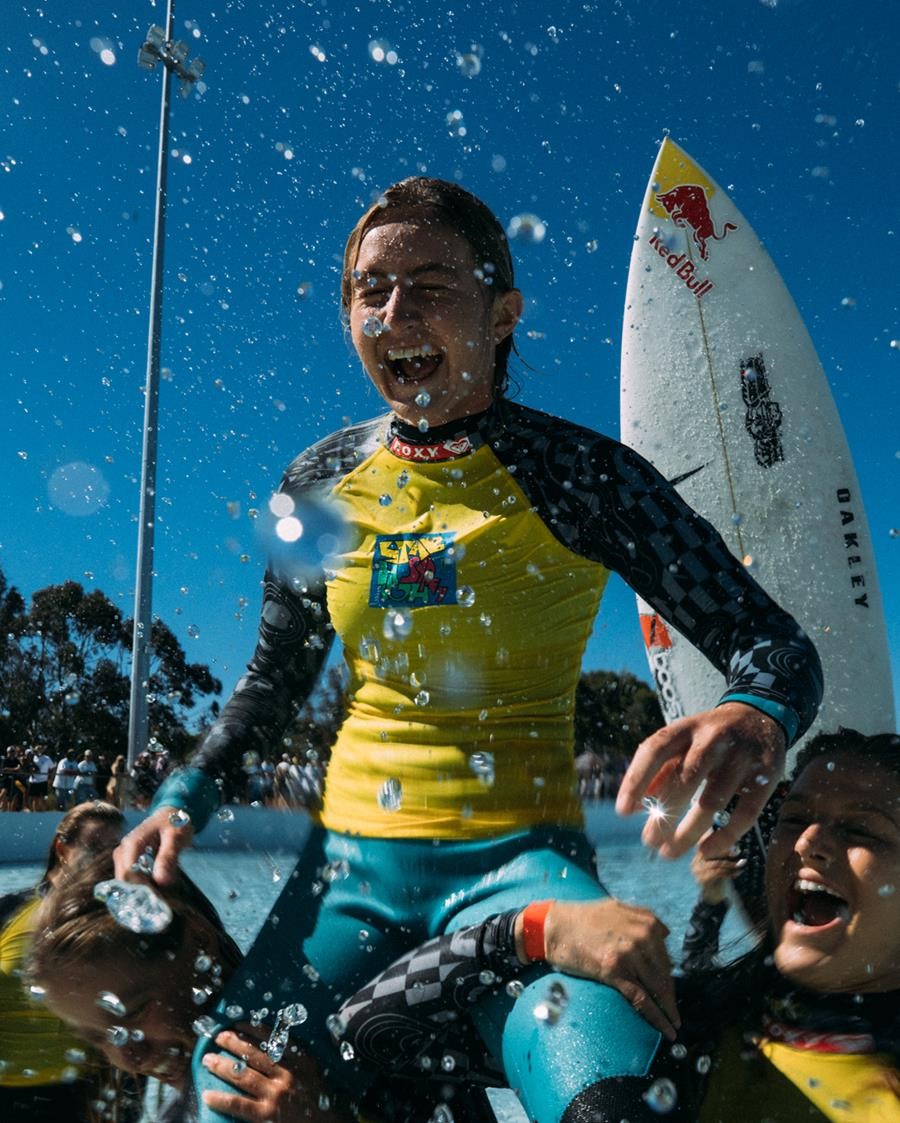



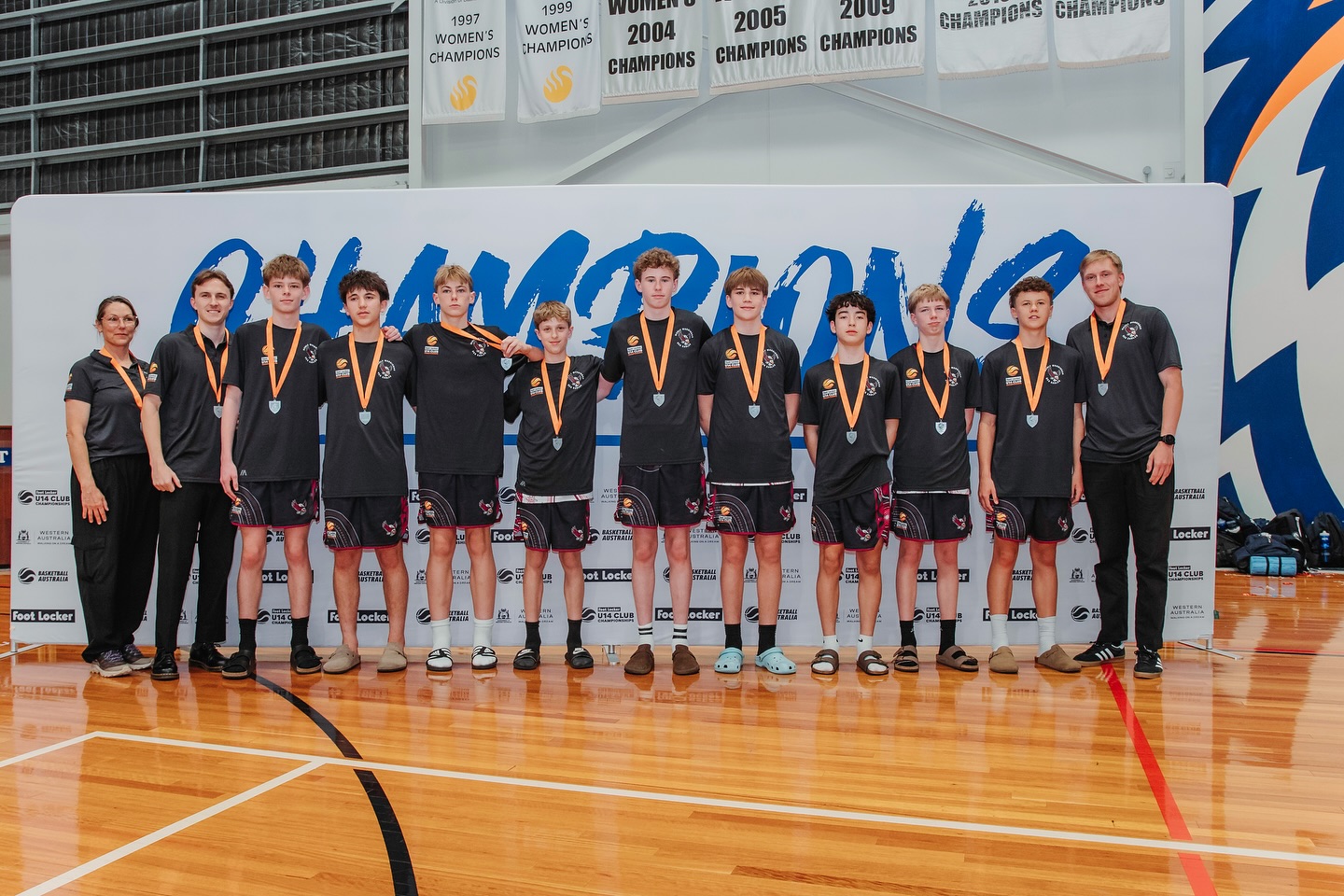

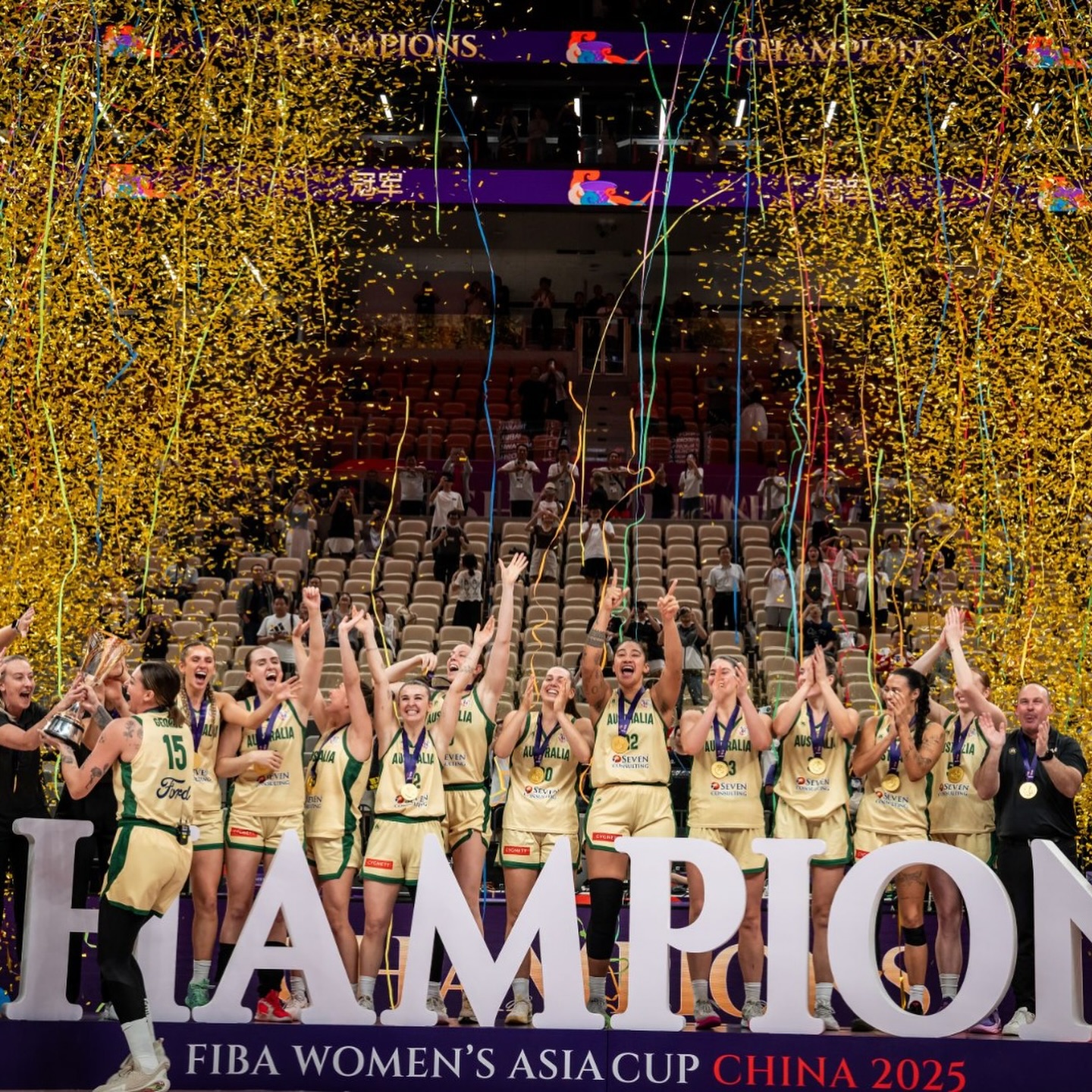
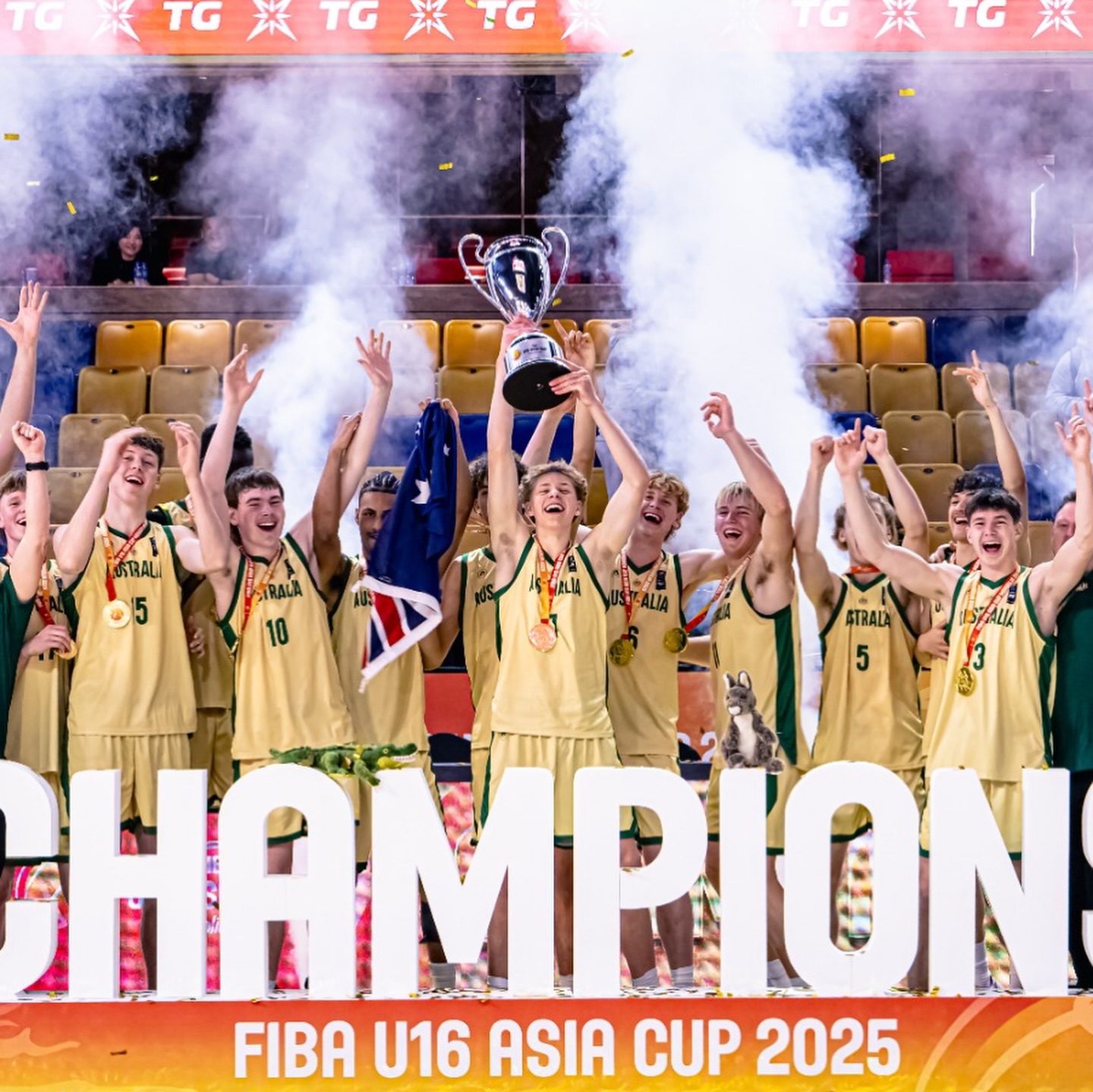
.JPG.opt1498x998o0,0s1498x998.jpeg?timestamp=1614437306794)

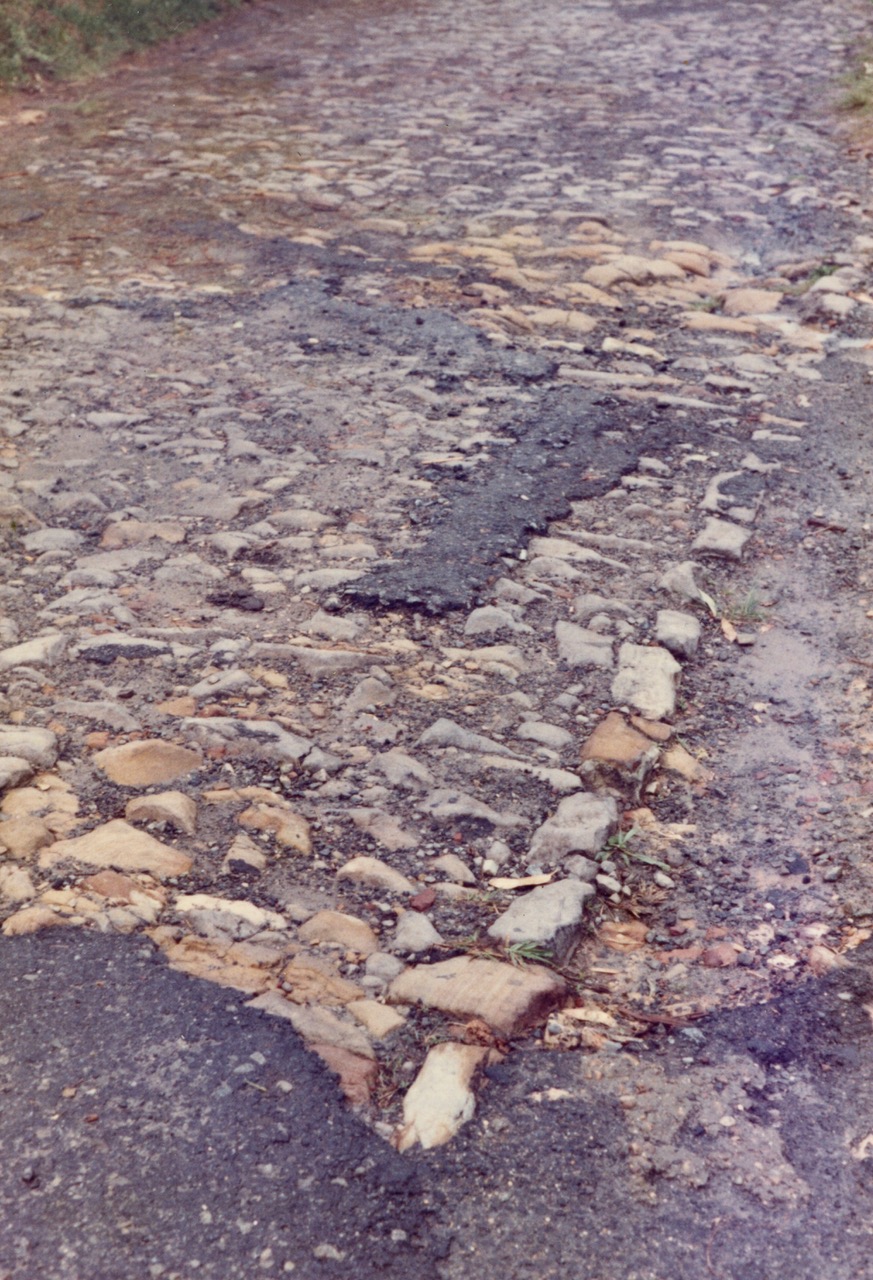


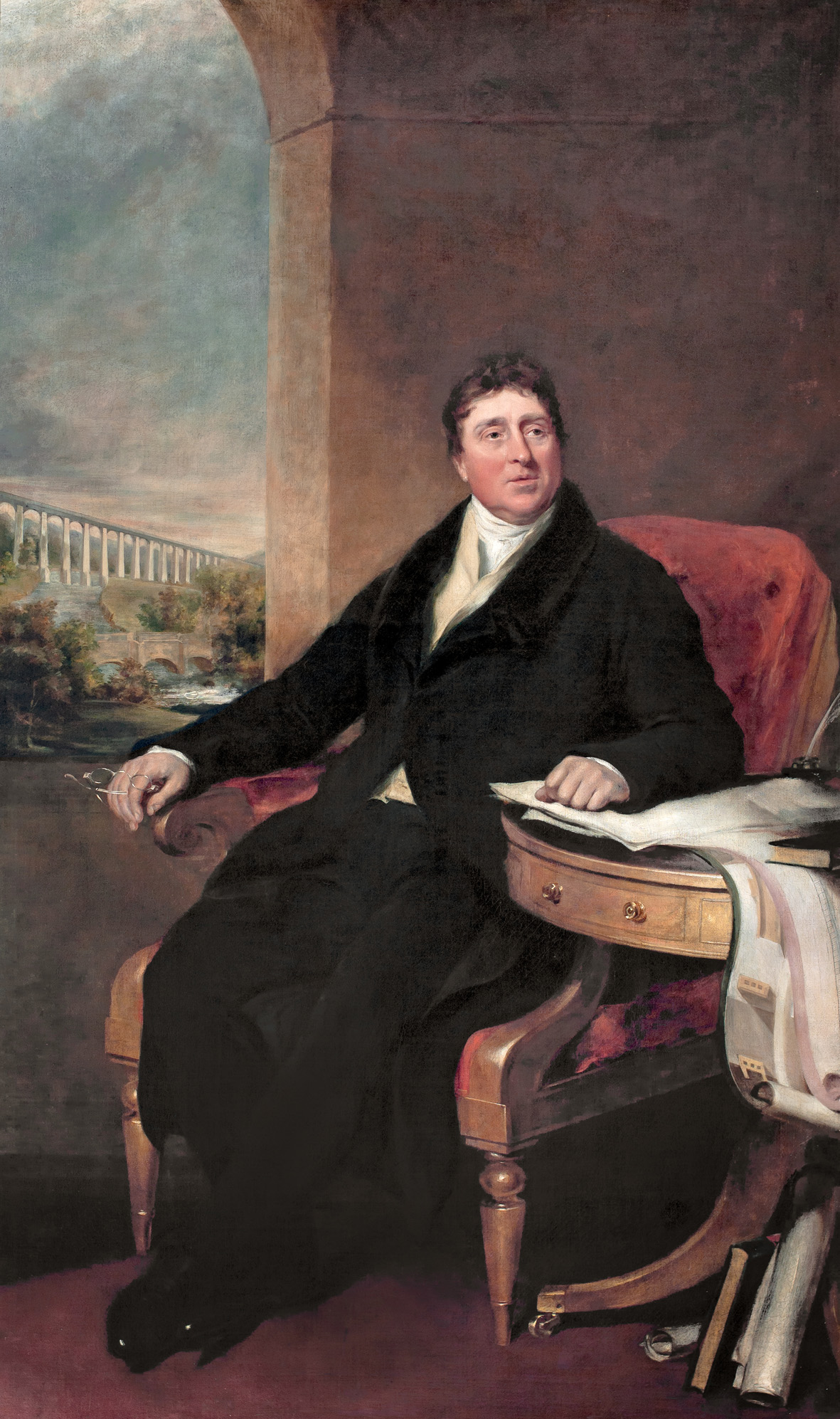
.jpg?timestamp=1747794855081)
.jpg?timestamp=1747794893300)
.jpg?timestamp=1747795053160)
.jpg?timestamp=1747795122664)
.jpg?timestamp=1747795167692)
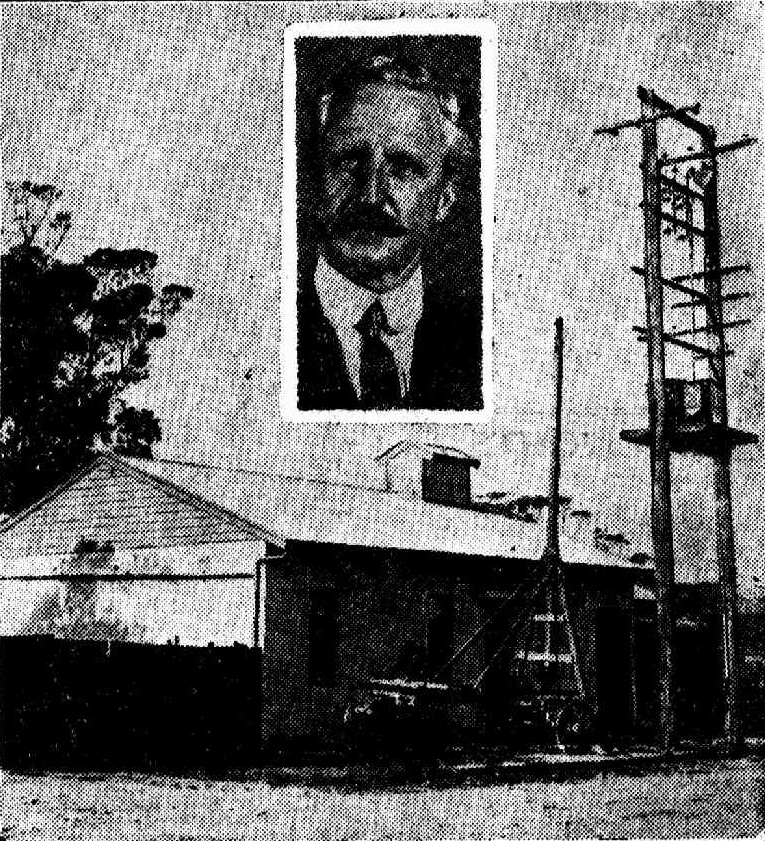

.jpg?timestamp=1760656820117)

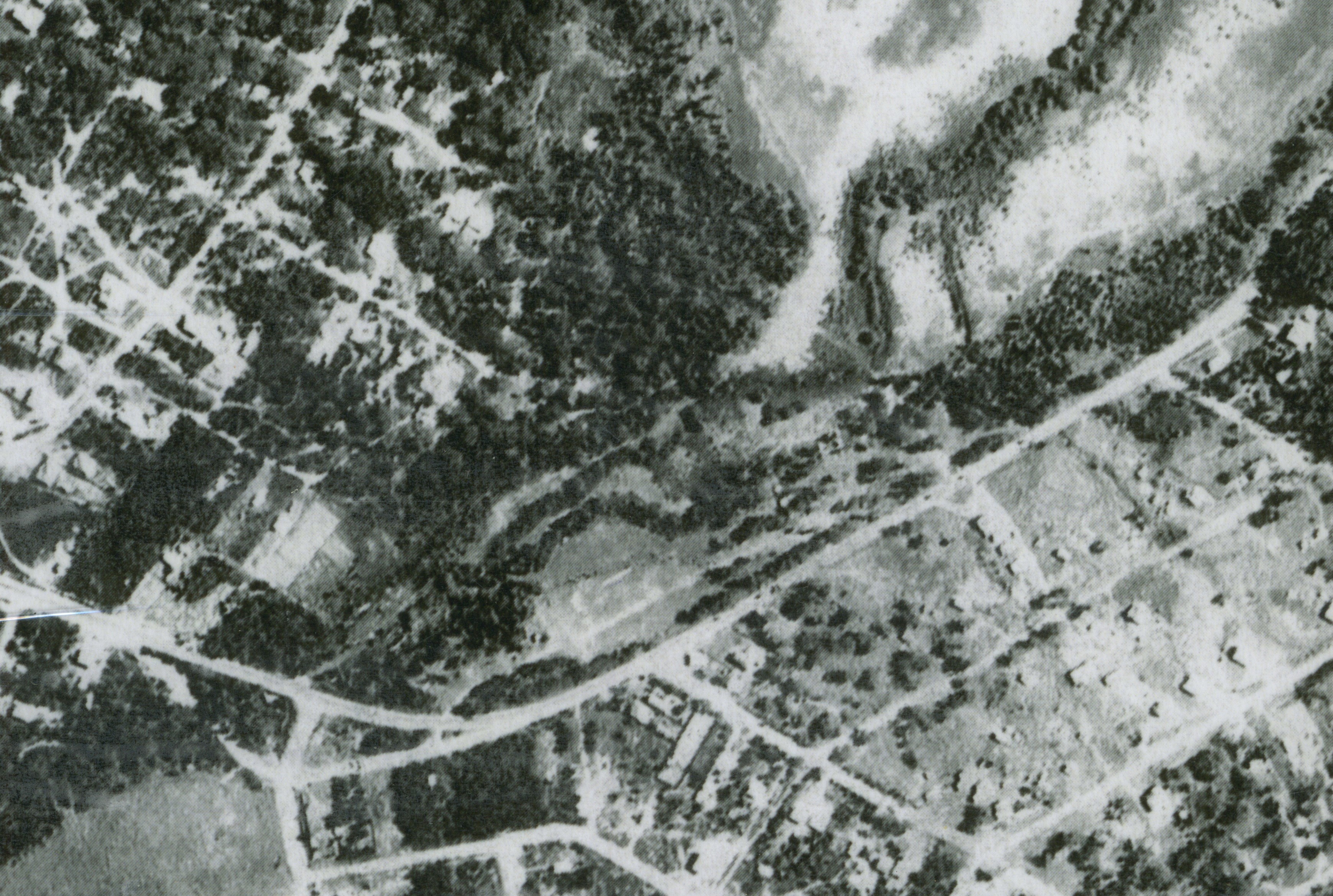






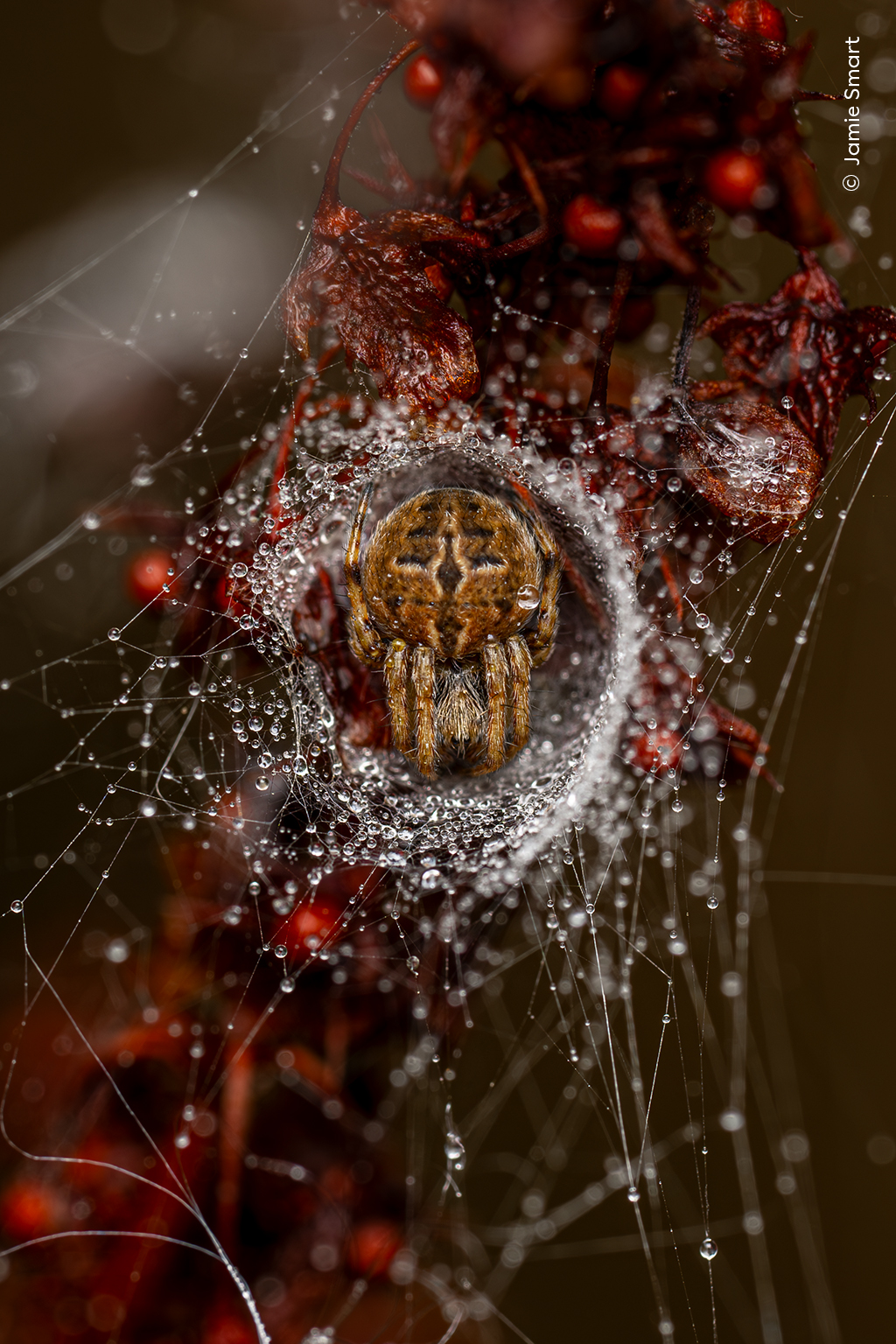


 A Canada Bay man living with ADHD is on track to carve out a promising career in the ancient trade of stonemasonry with the help of TAFE NSW.
A Canada Bay man living with ADHD is on track to carve out a promising career in the ancient trade of stonemasonry with the help of TAFE NSW. TAFE NSW Bathurst has helped a one-time nanny and café waitress perform an unlikely reinvention – as a tiler.
TAFE NSW Bathurst has helped a one-time nanny and café waitress perform an unlikely reinvention – as a tiler.



